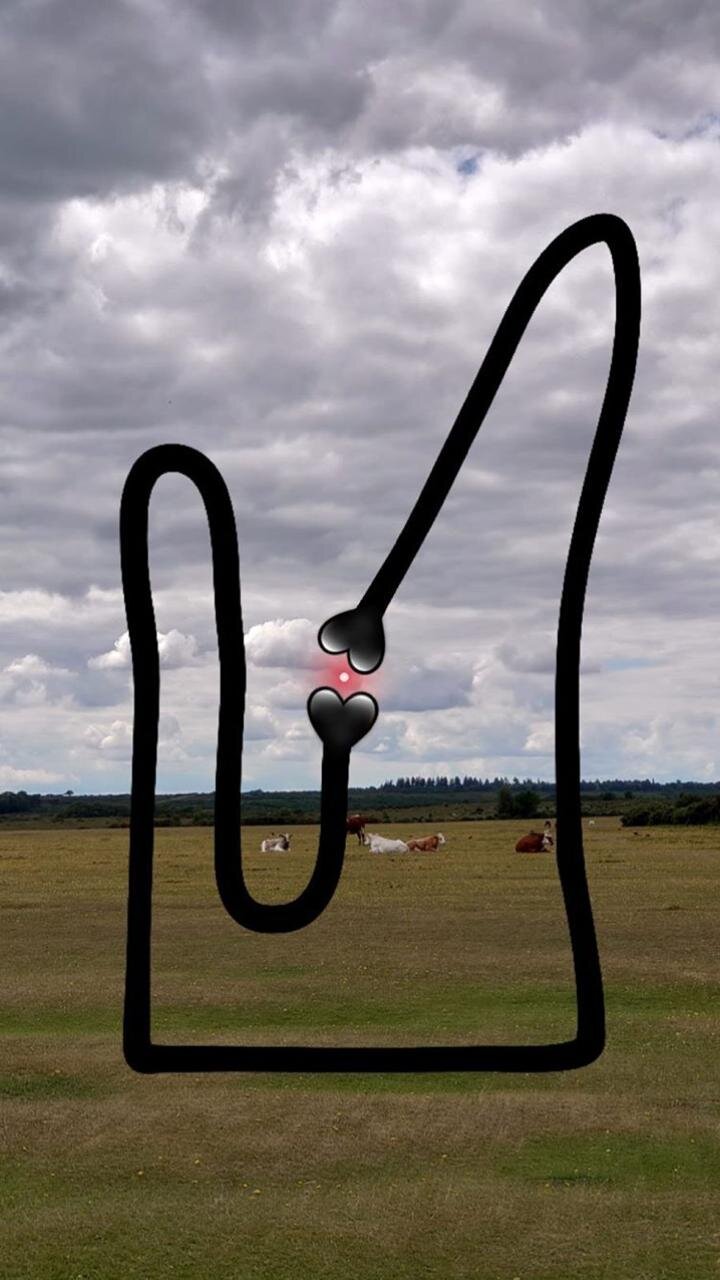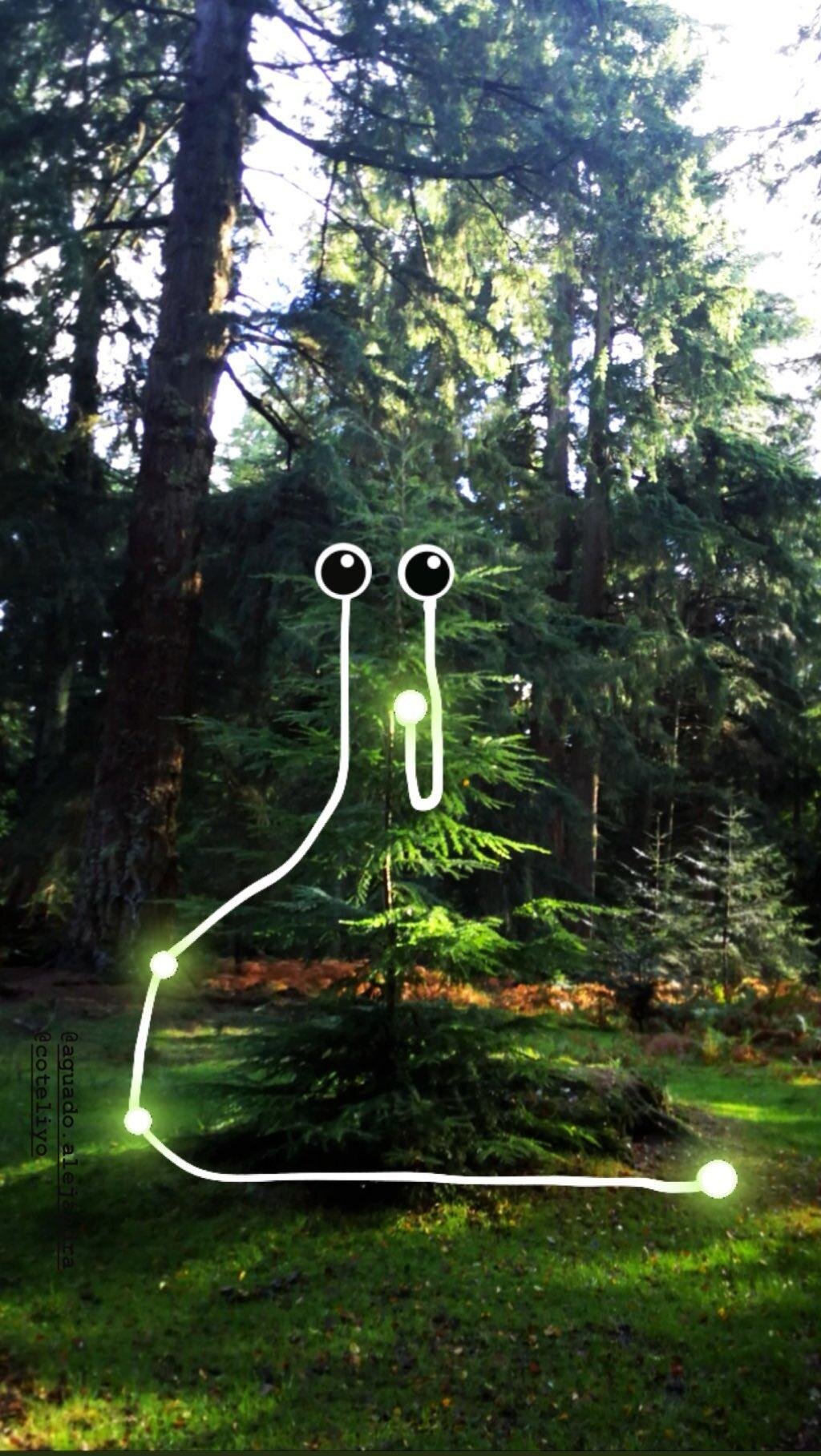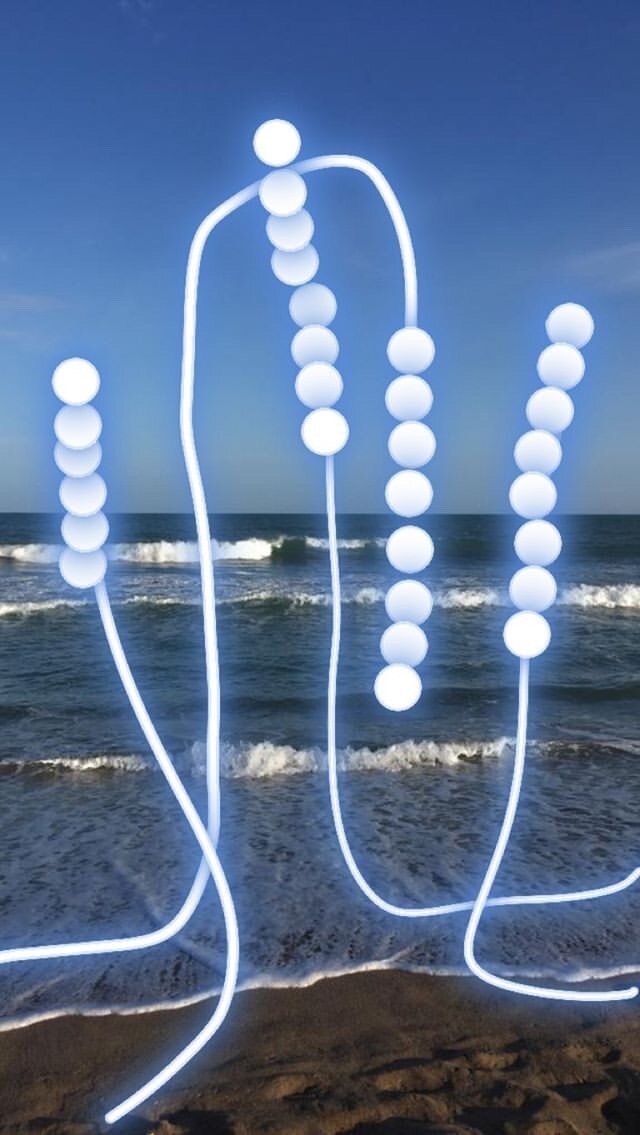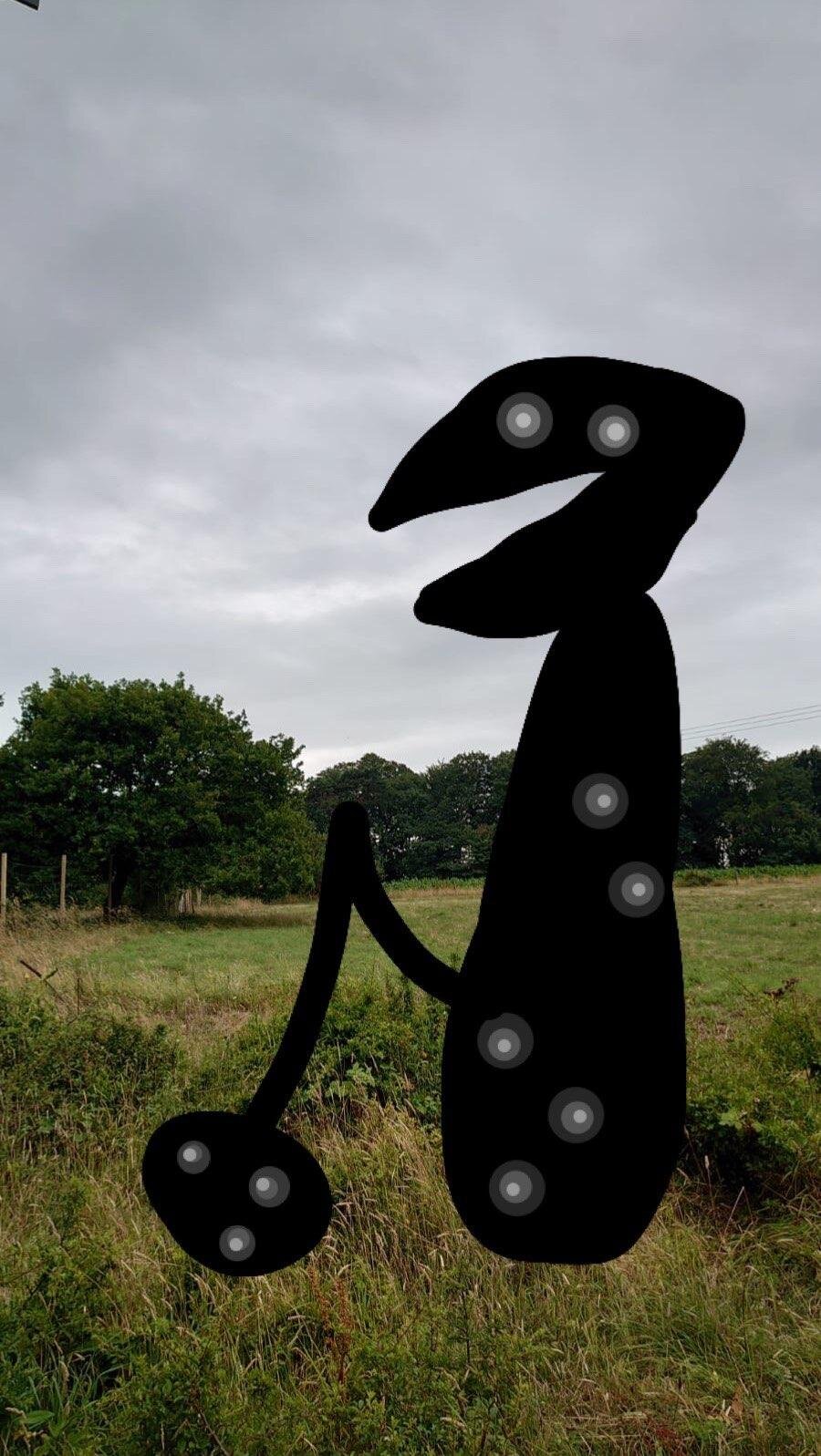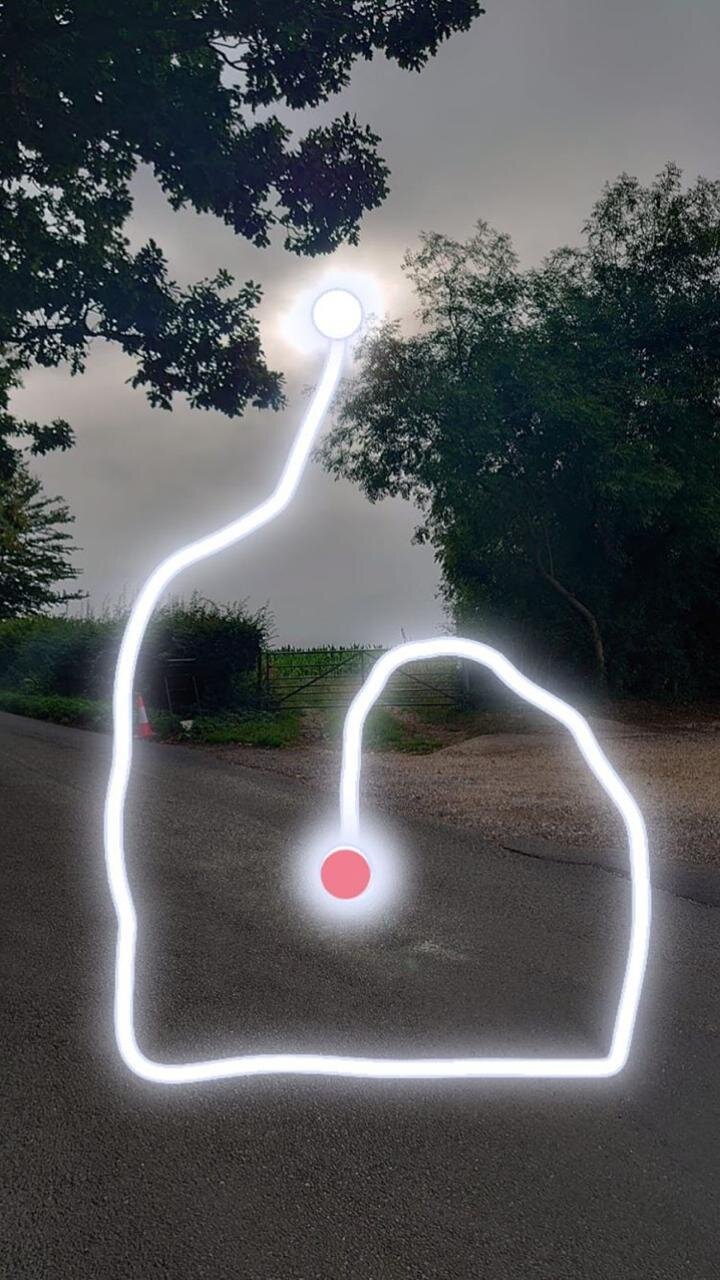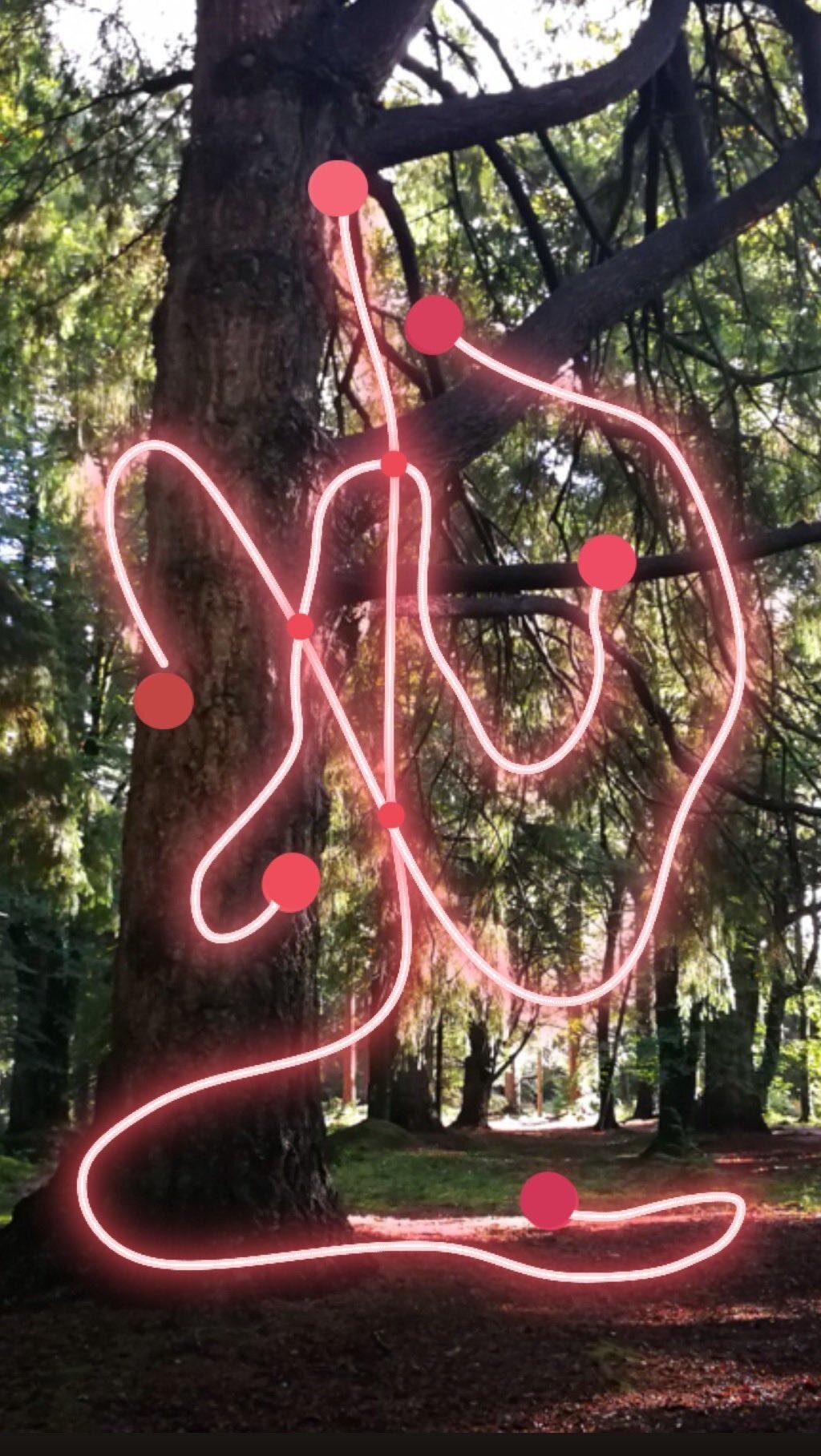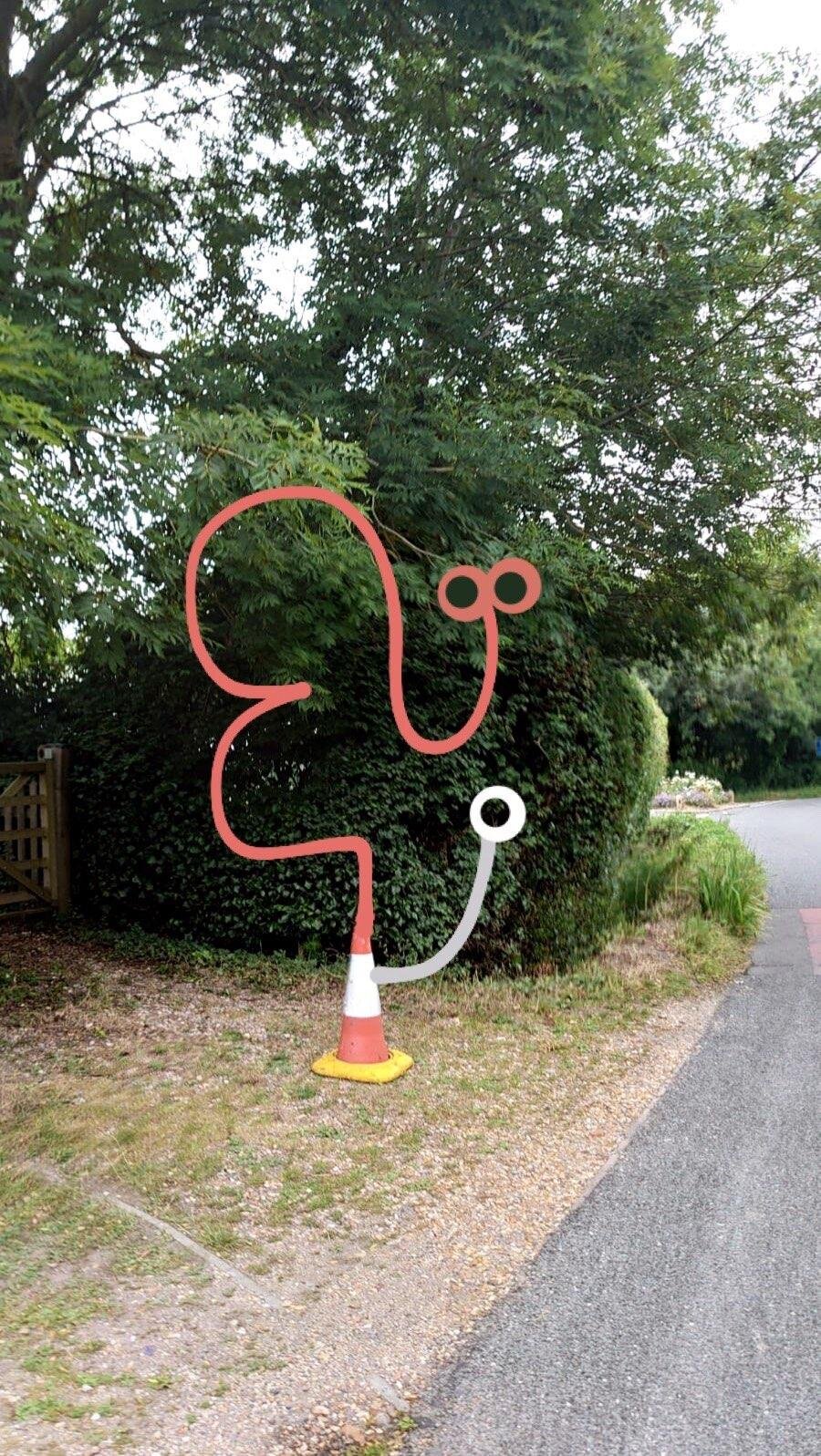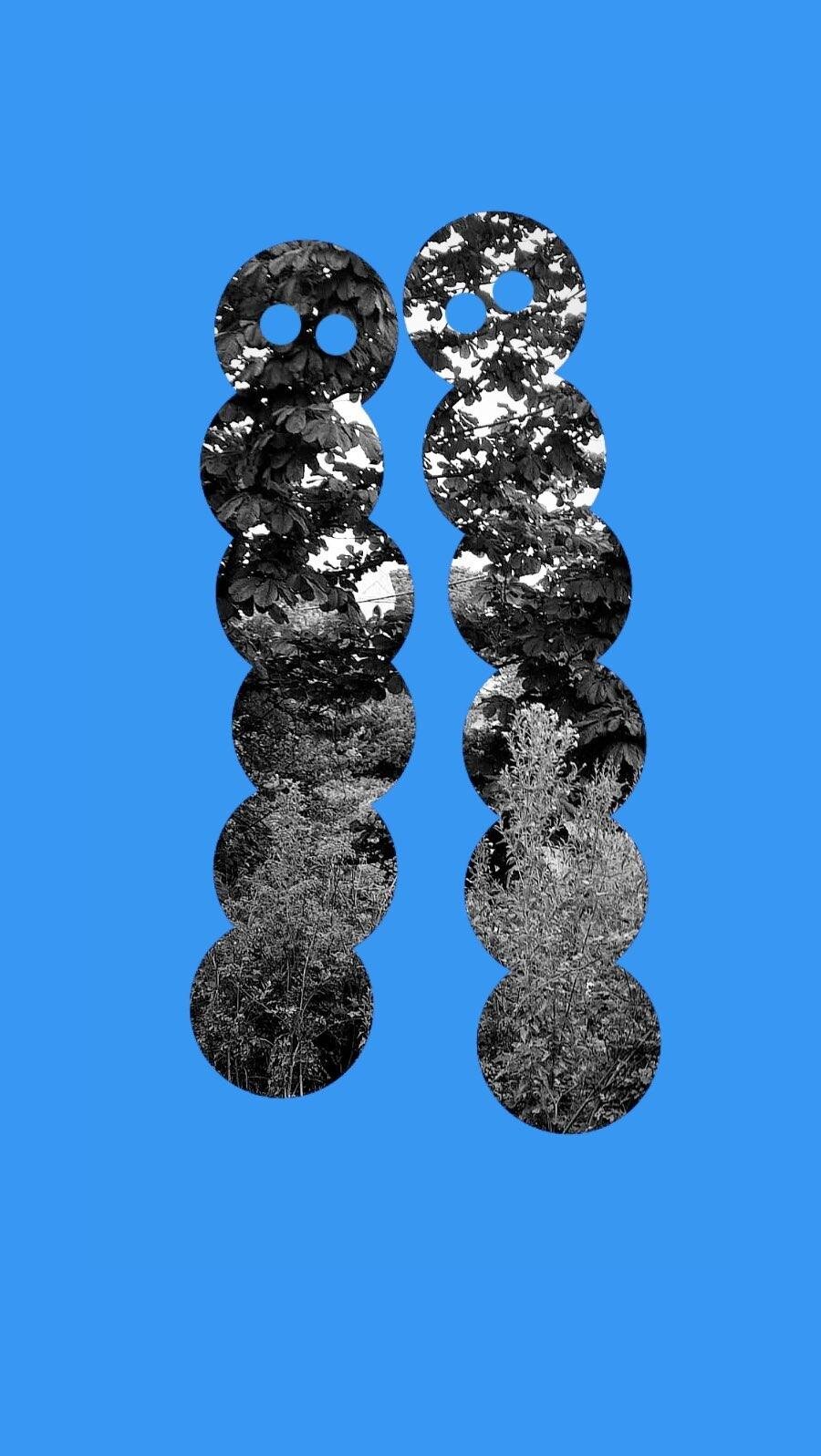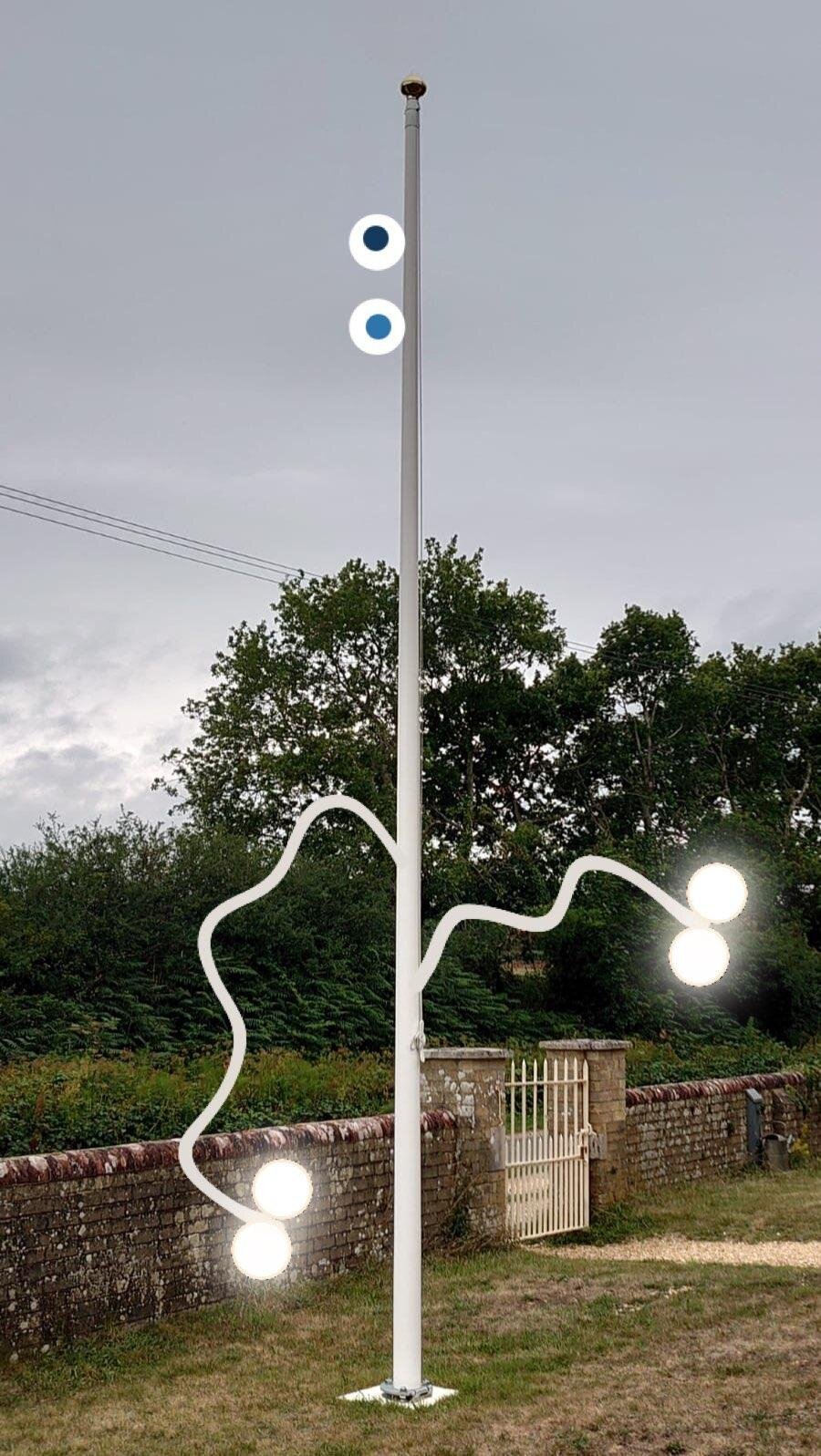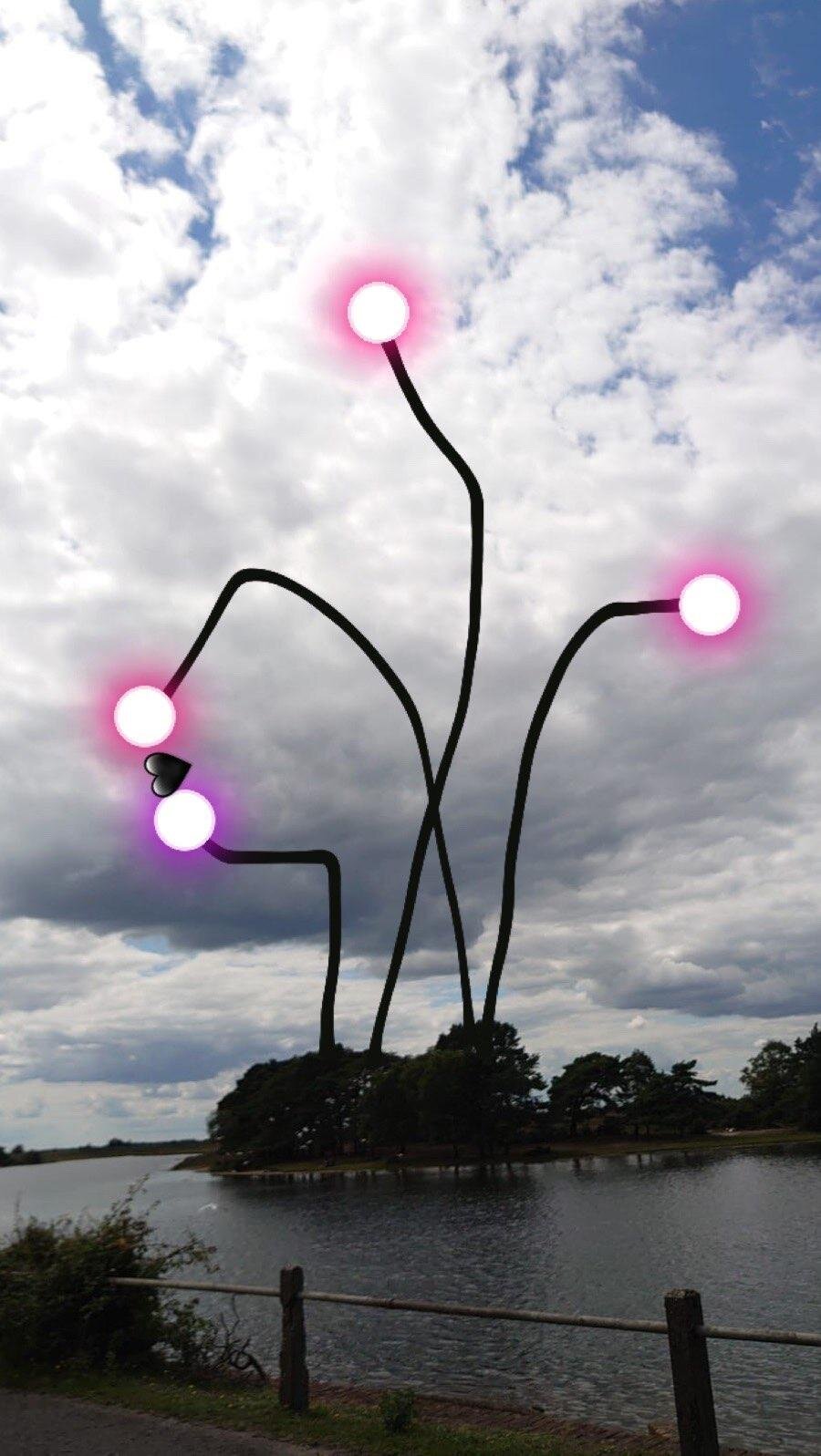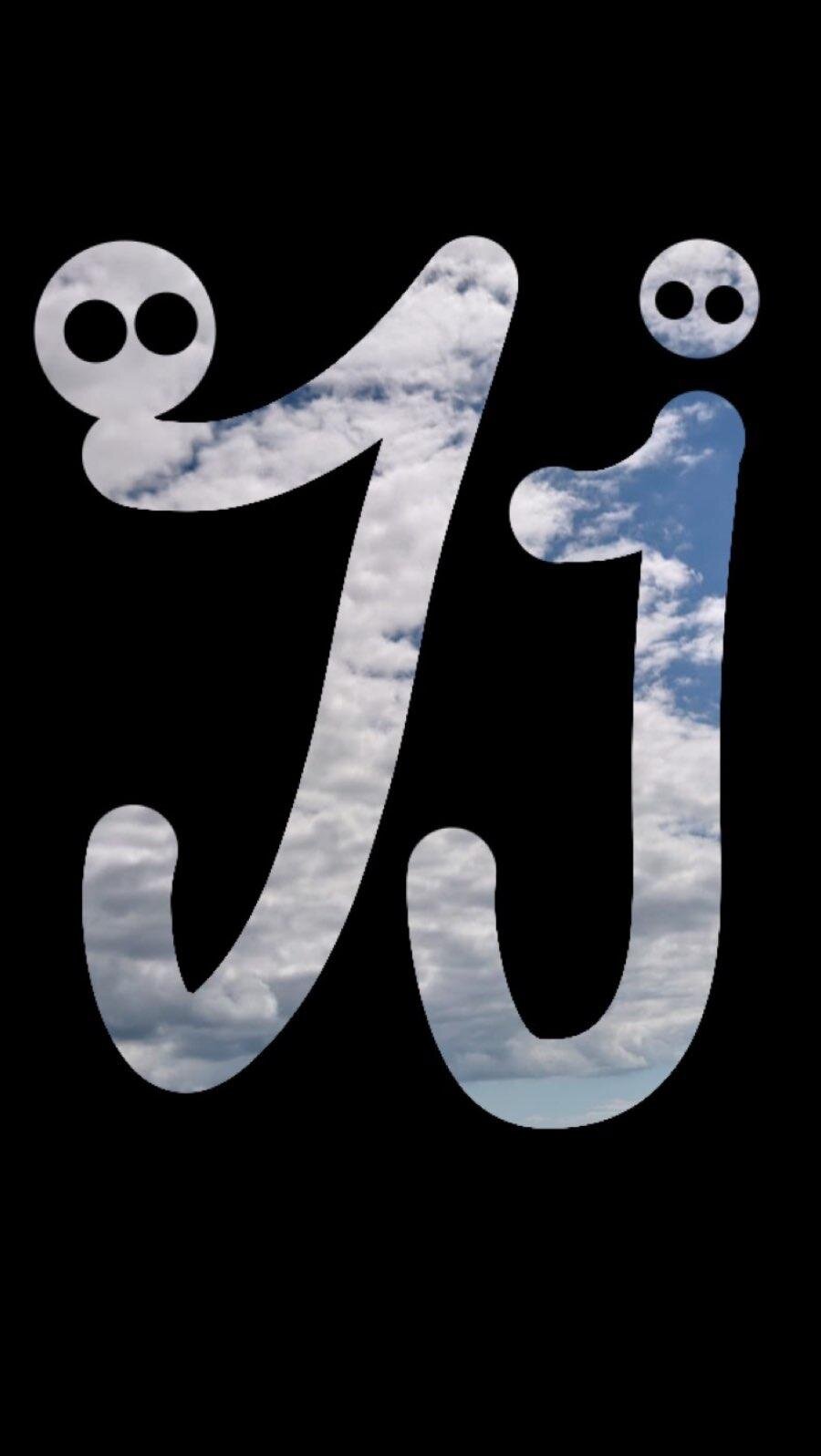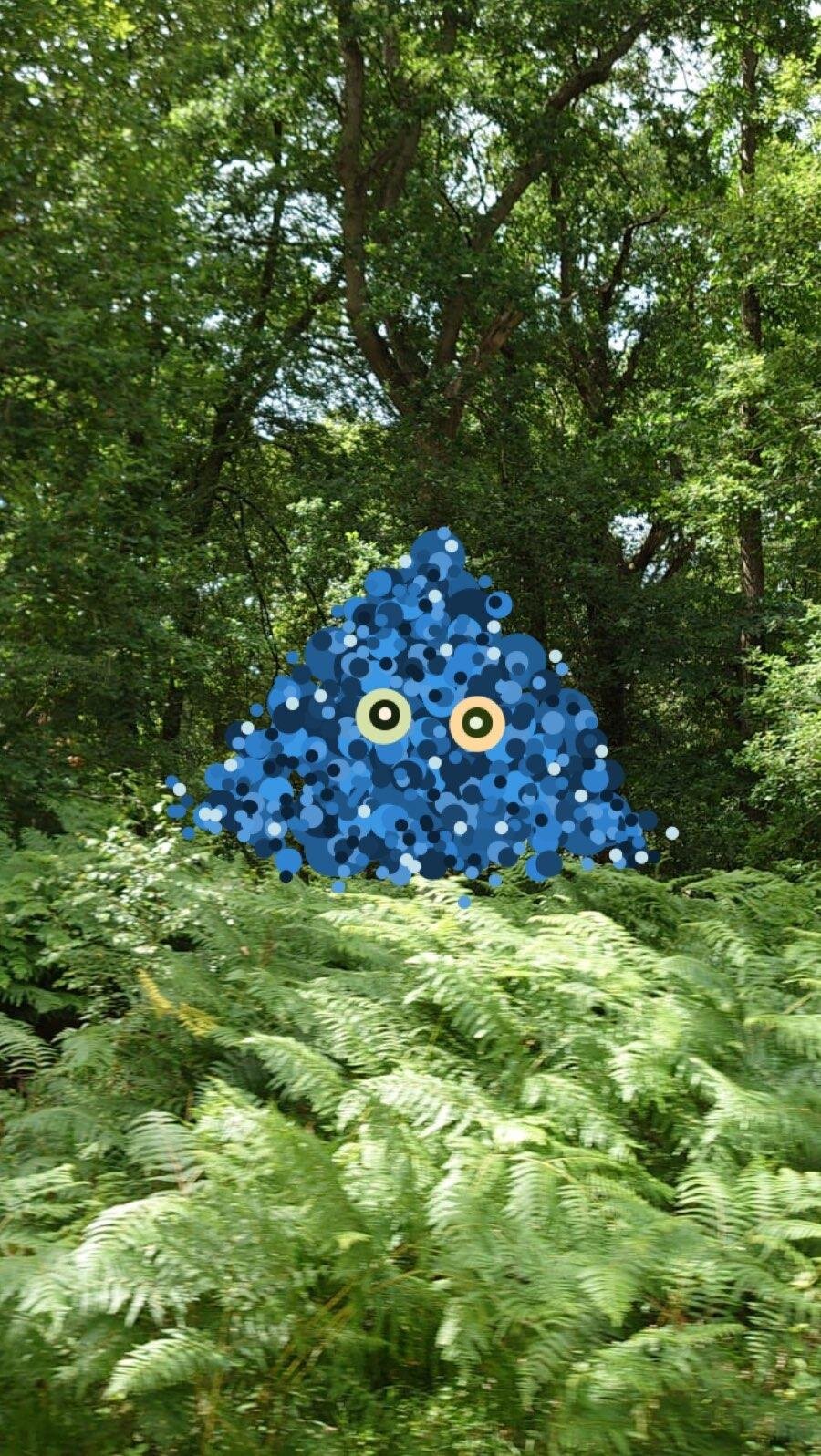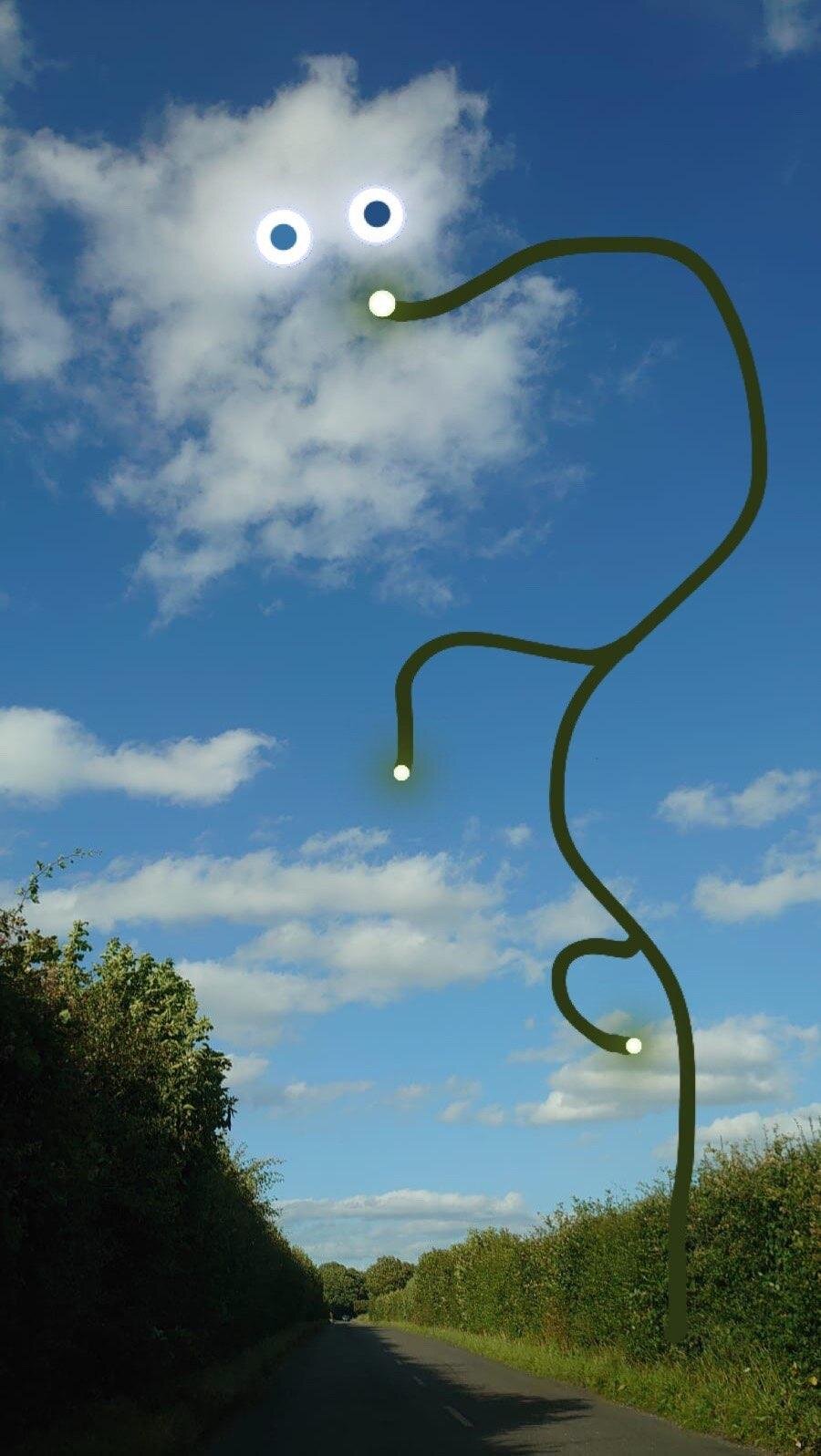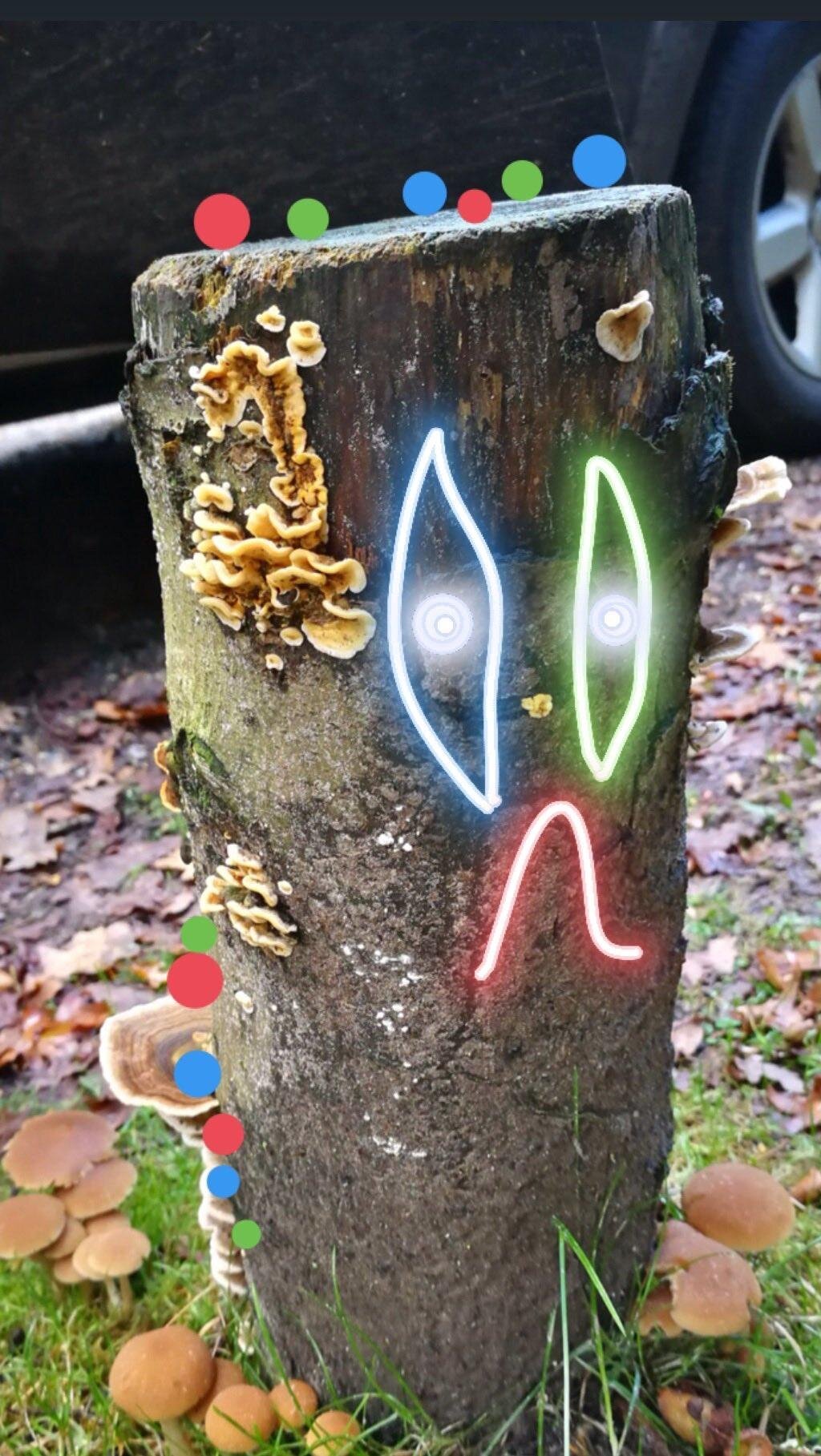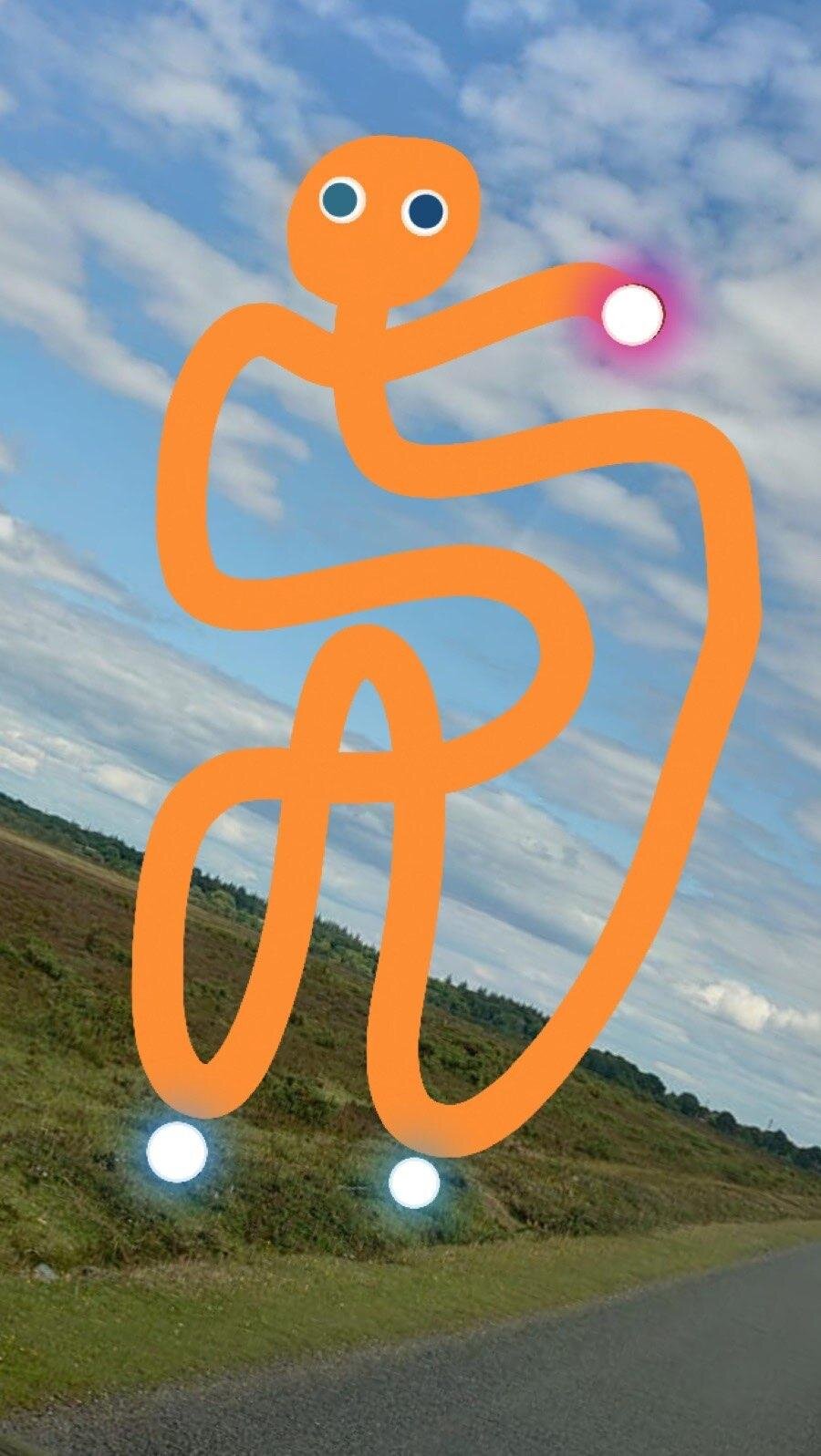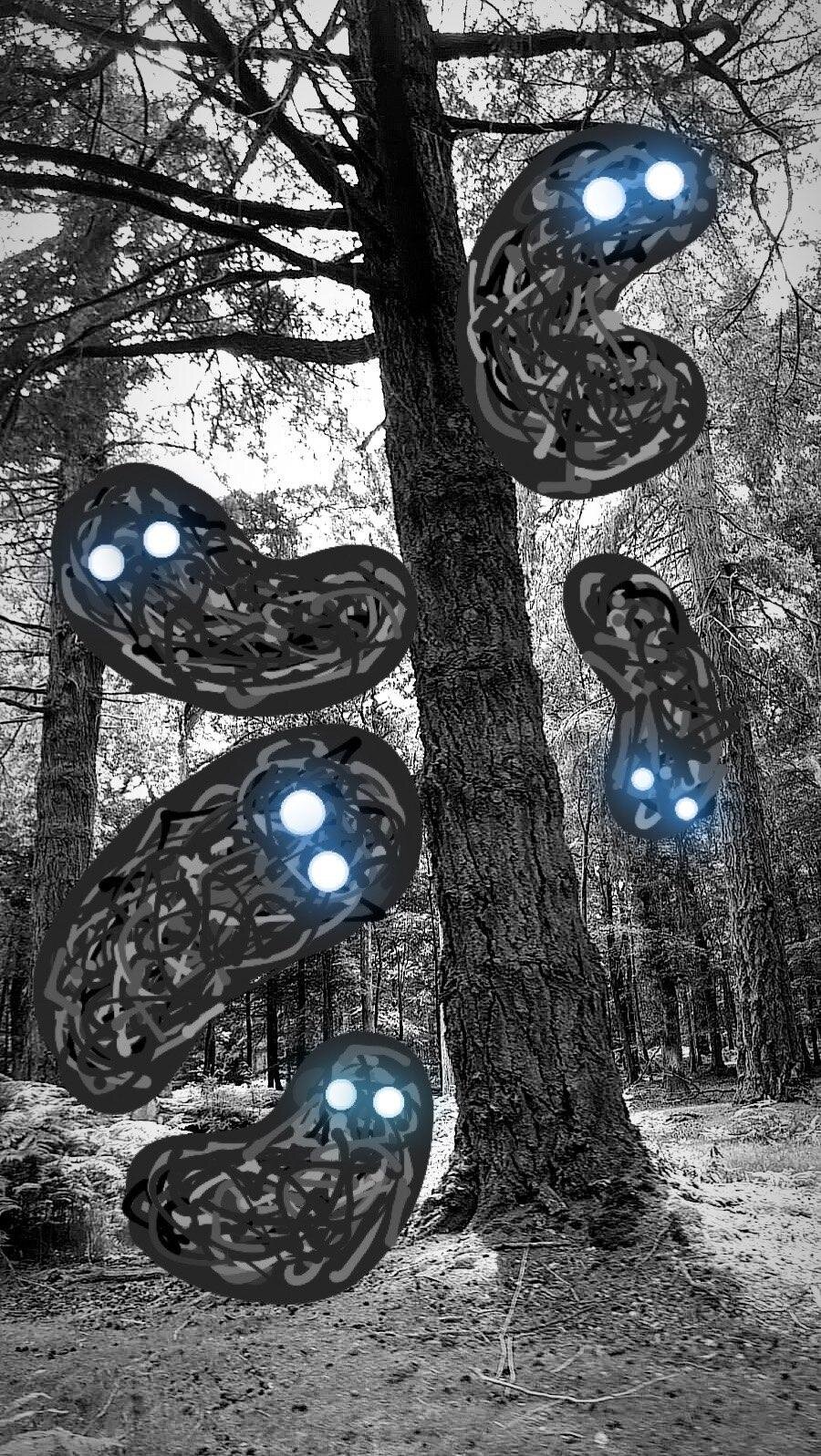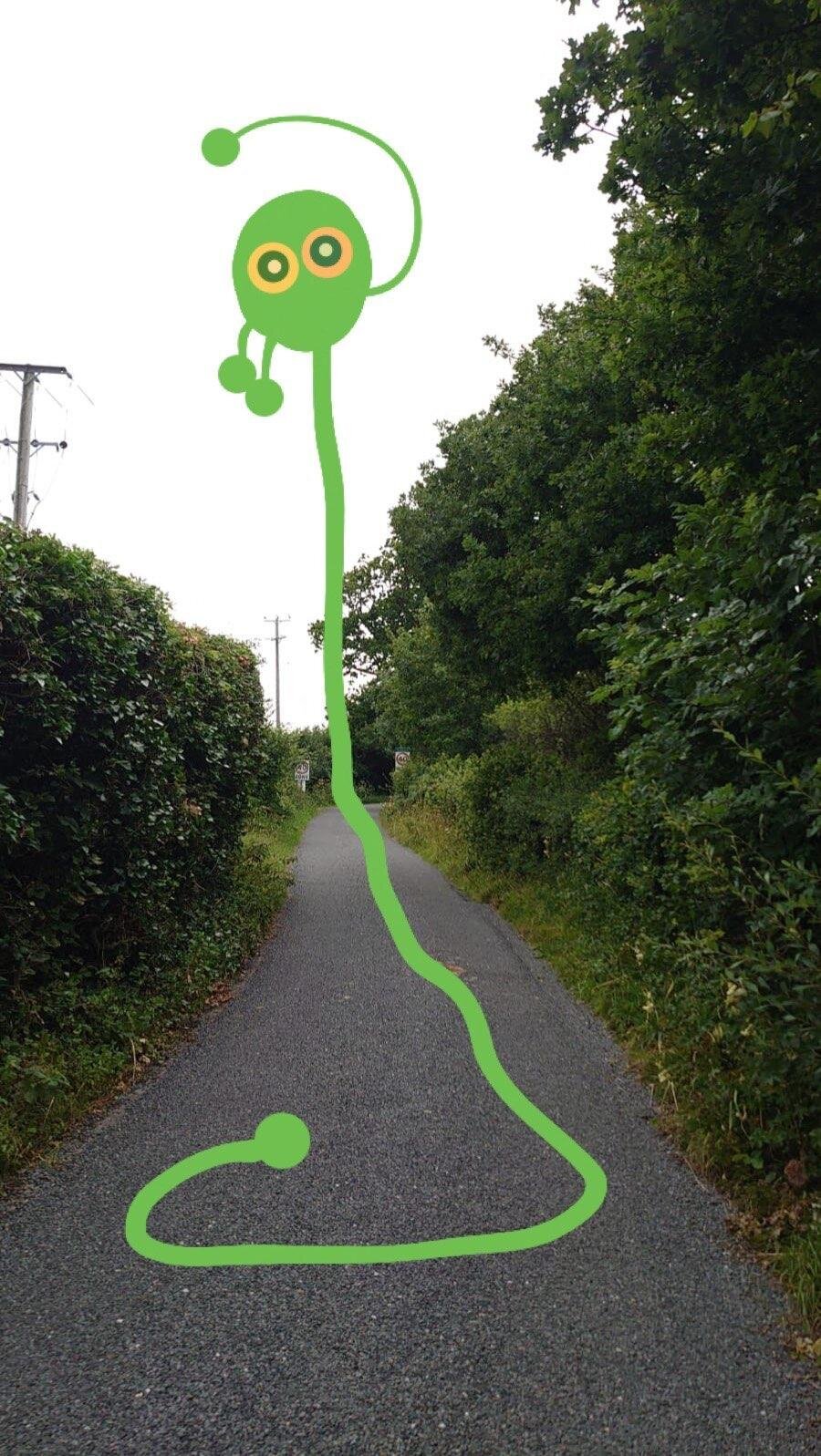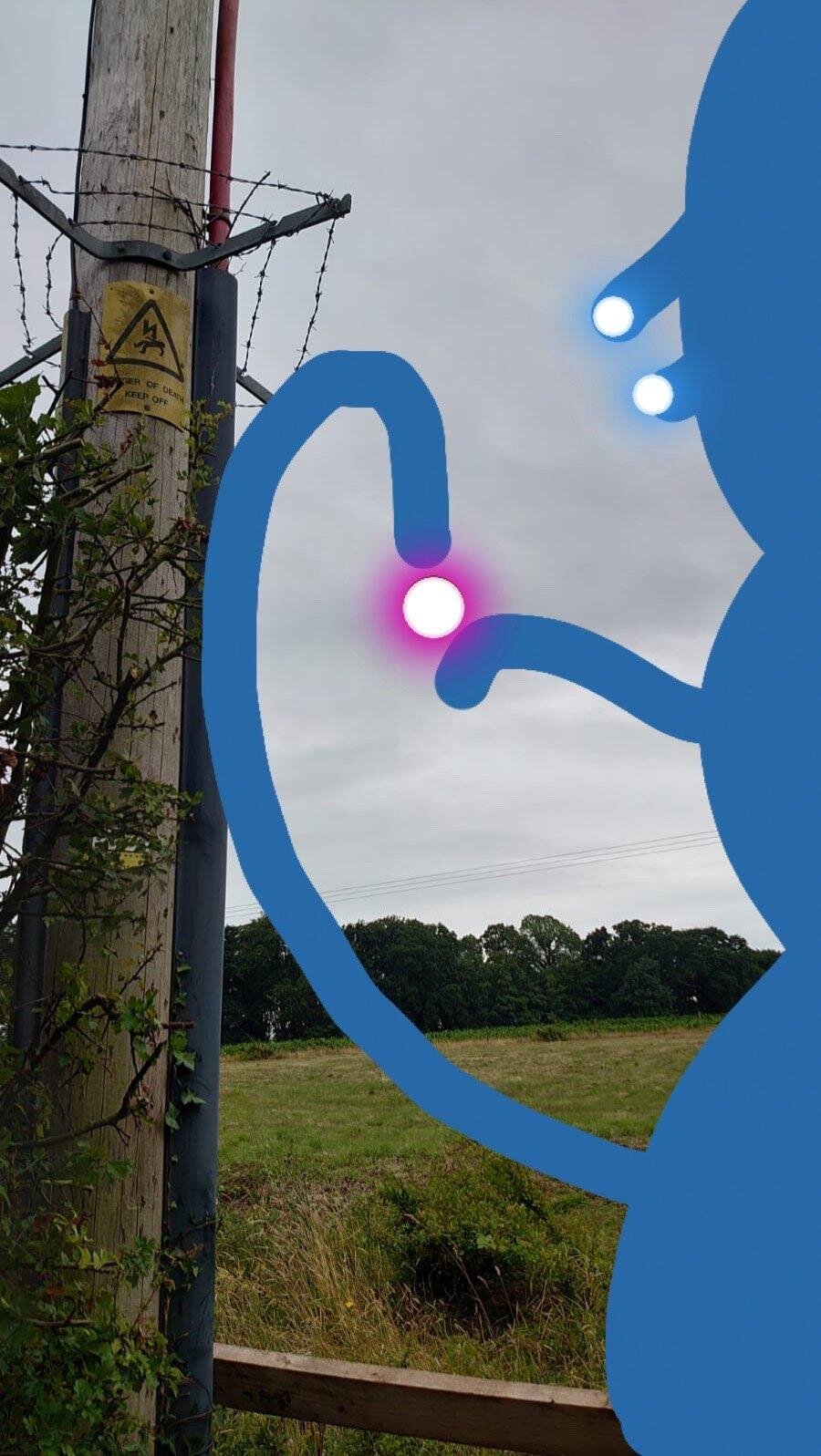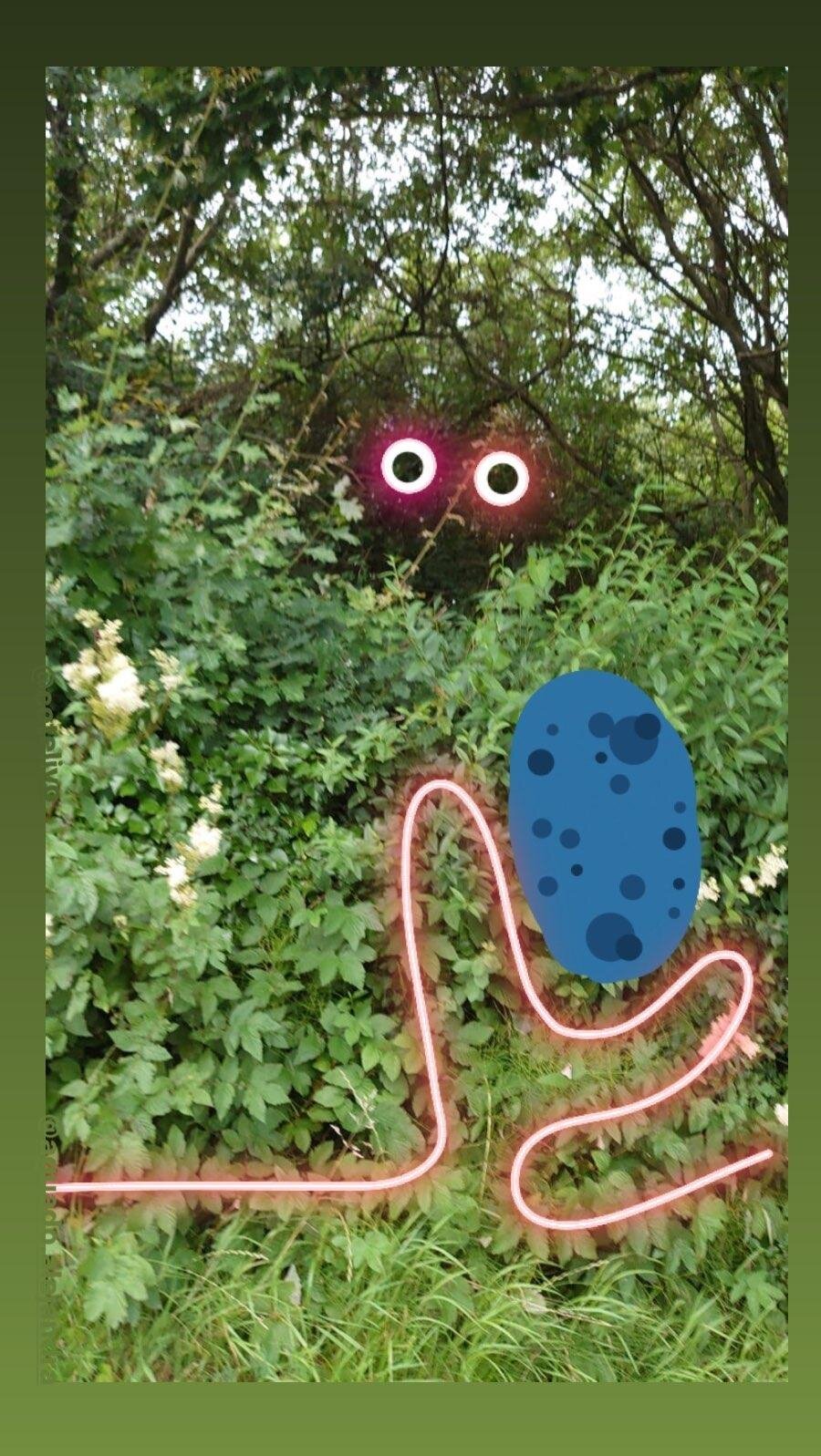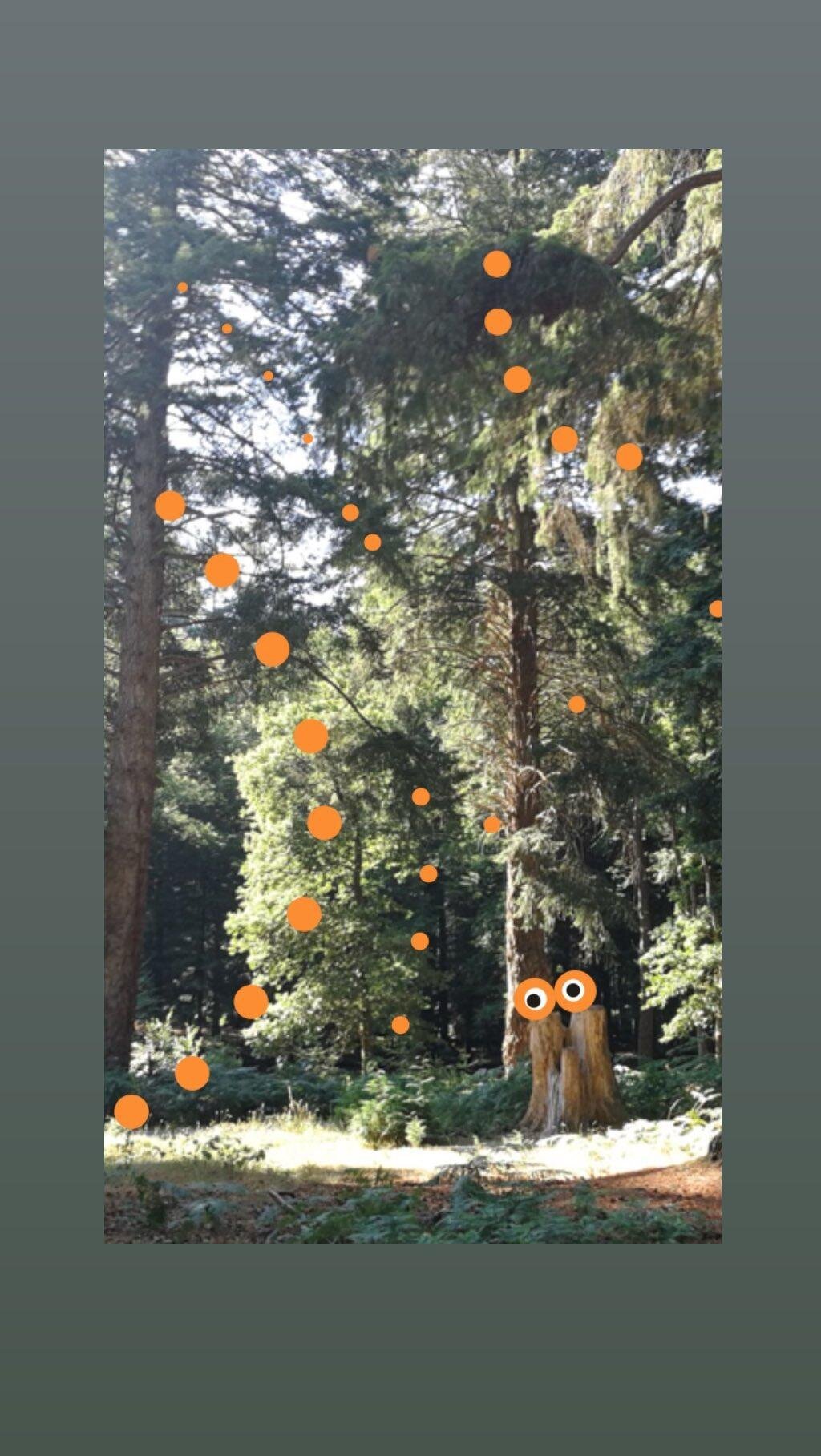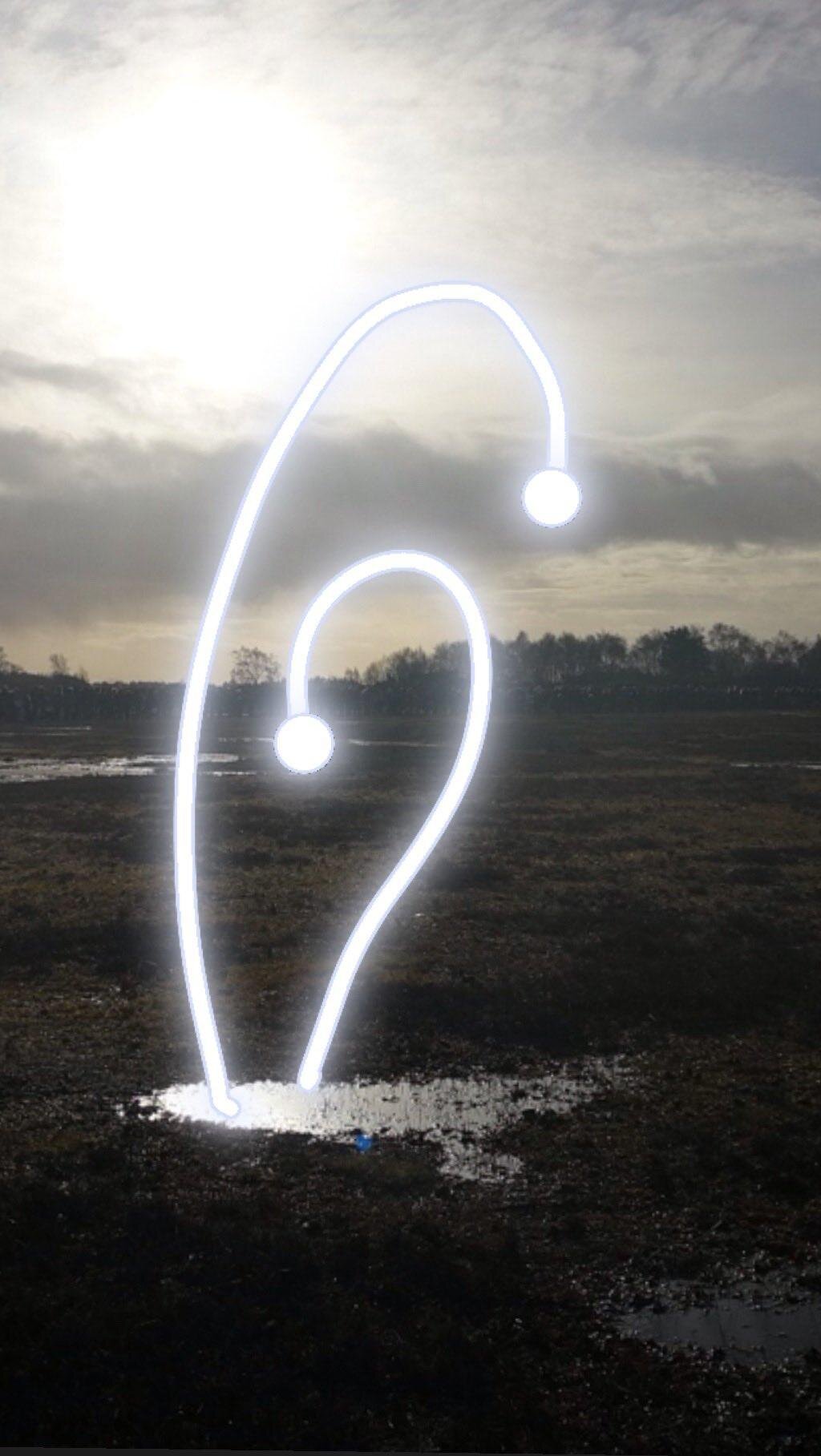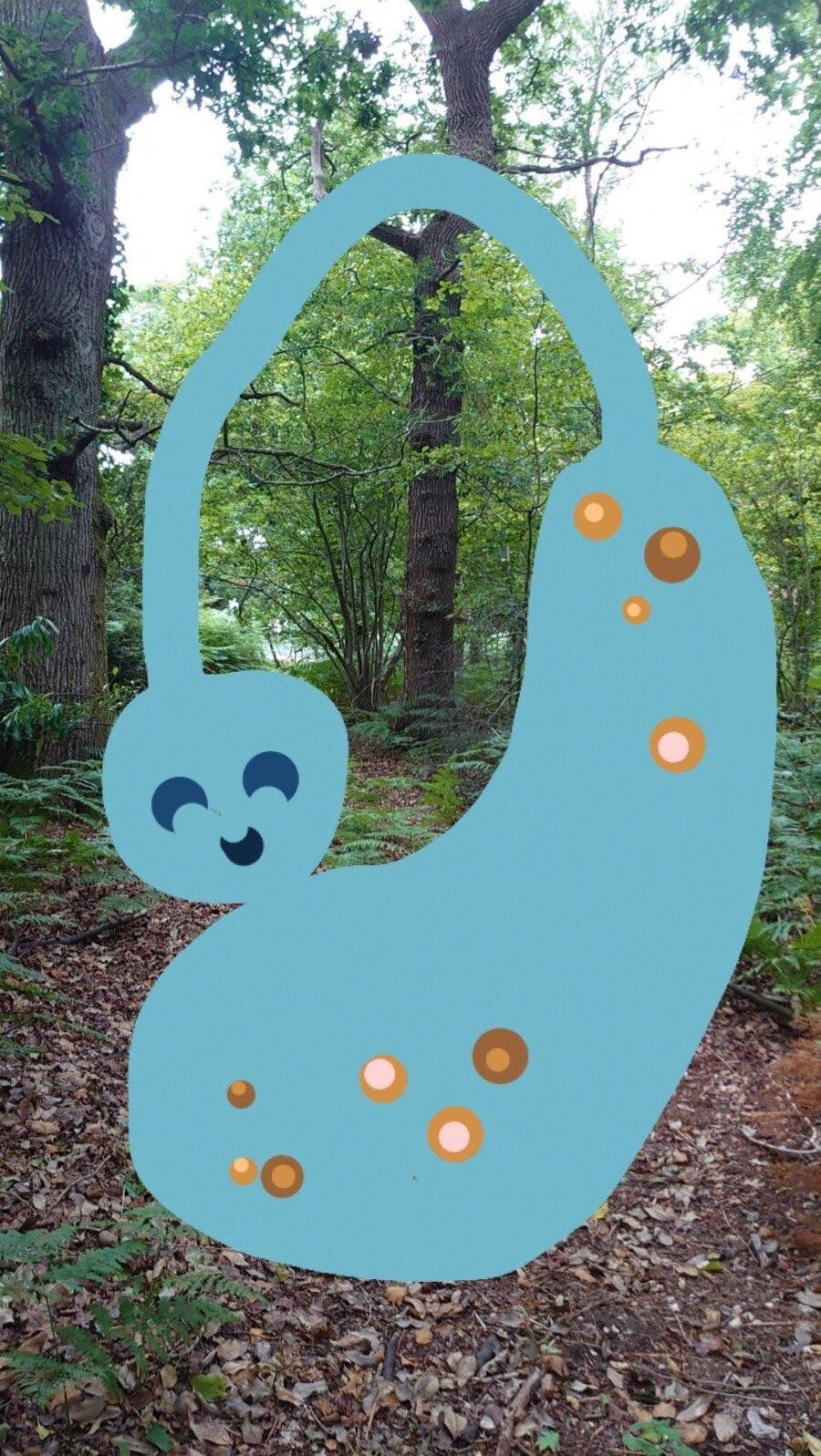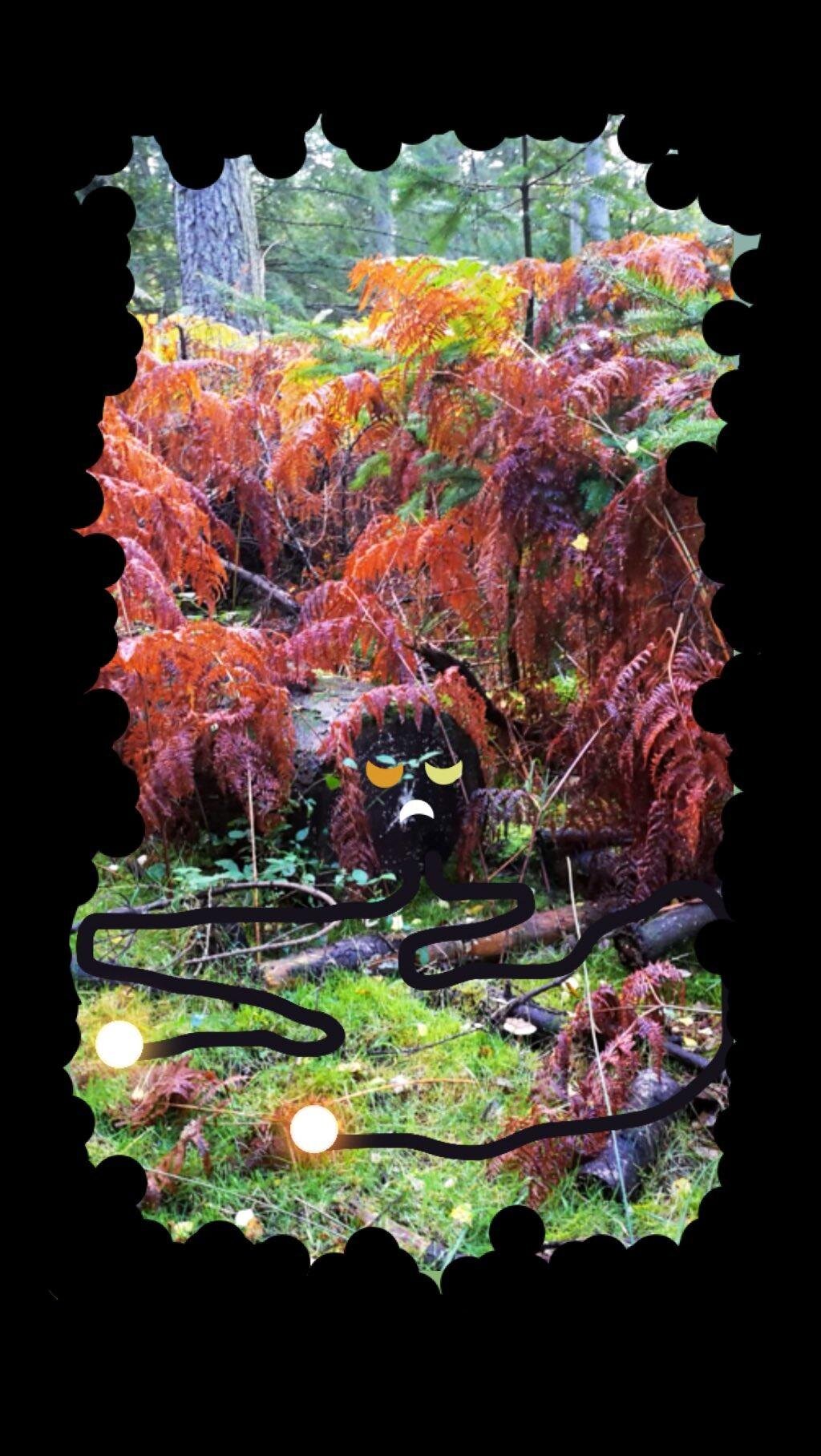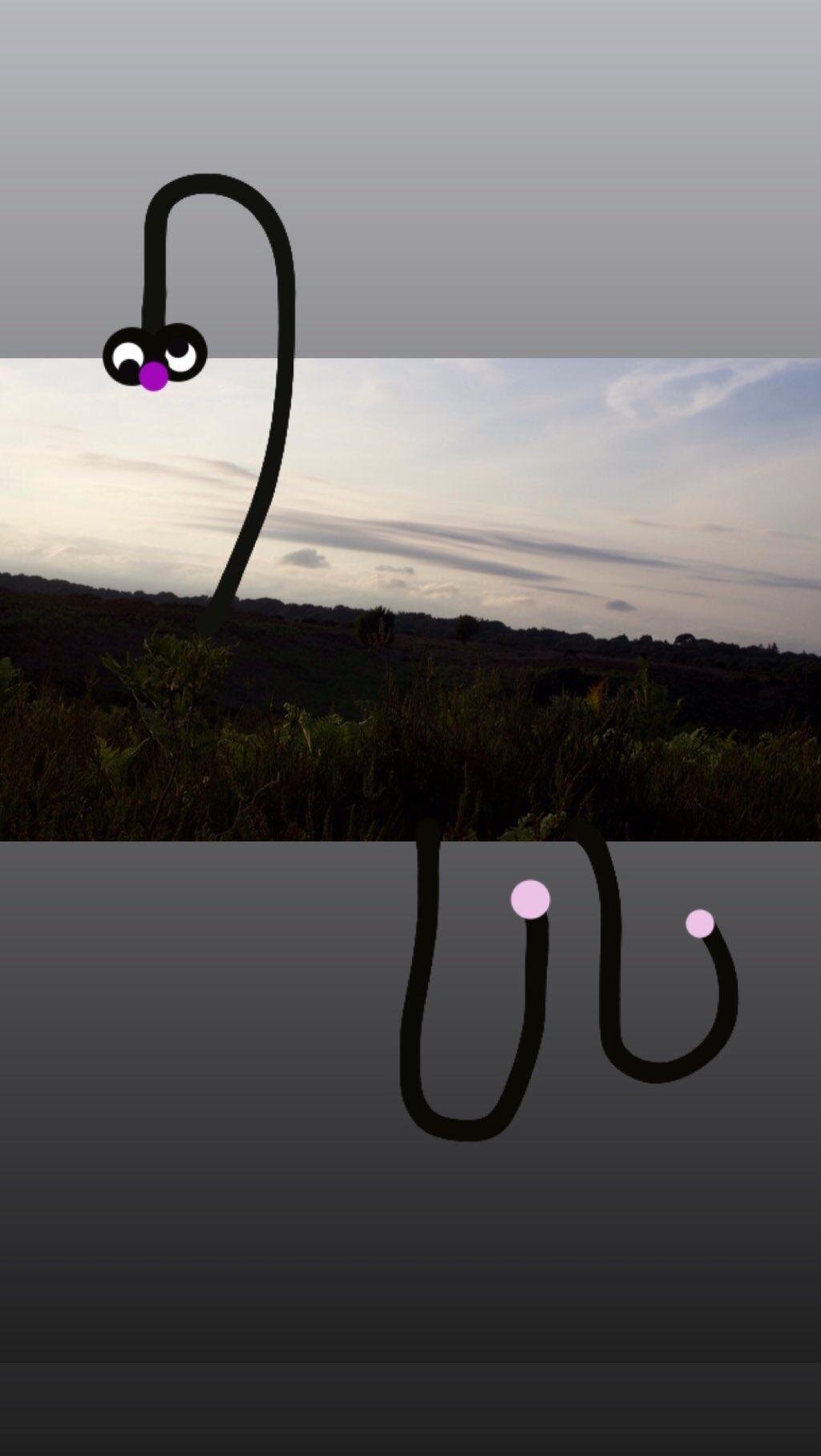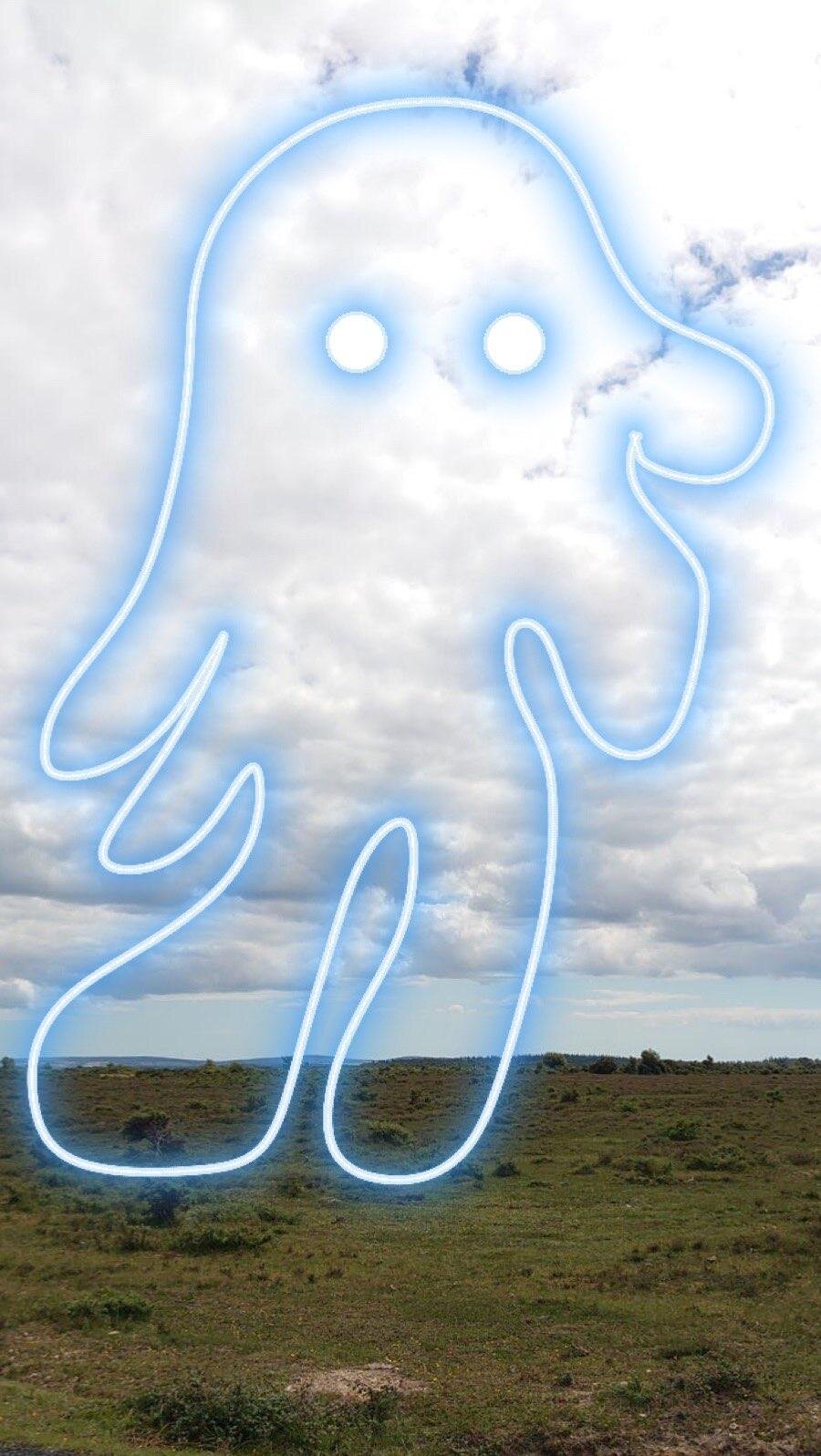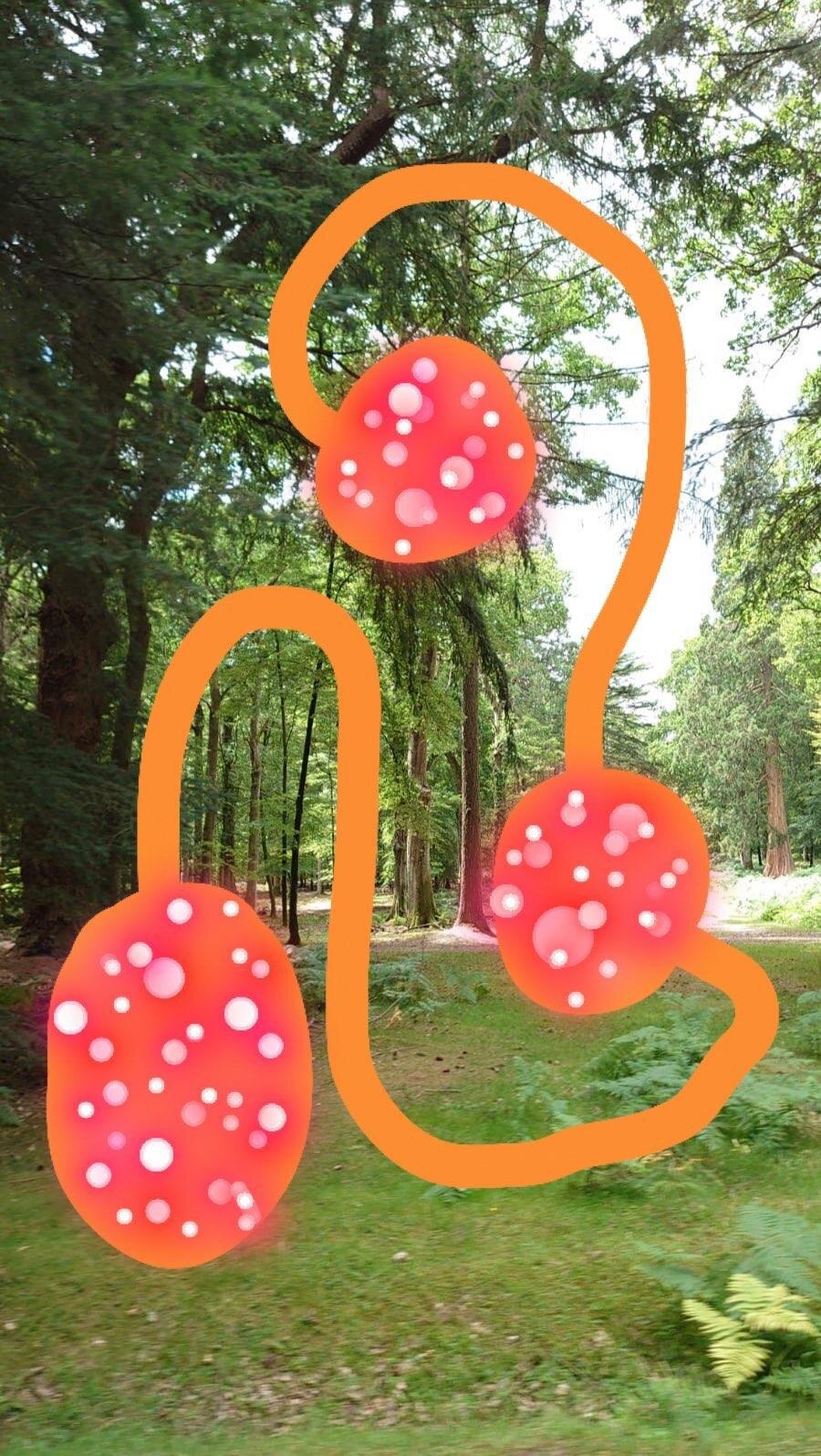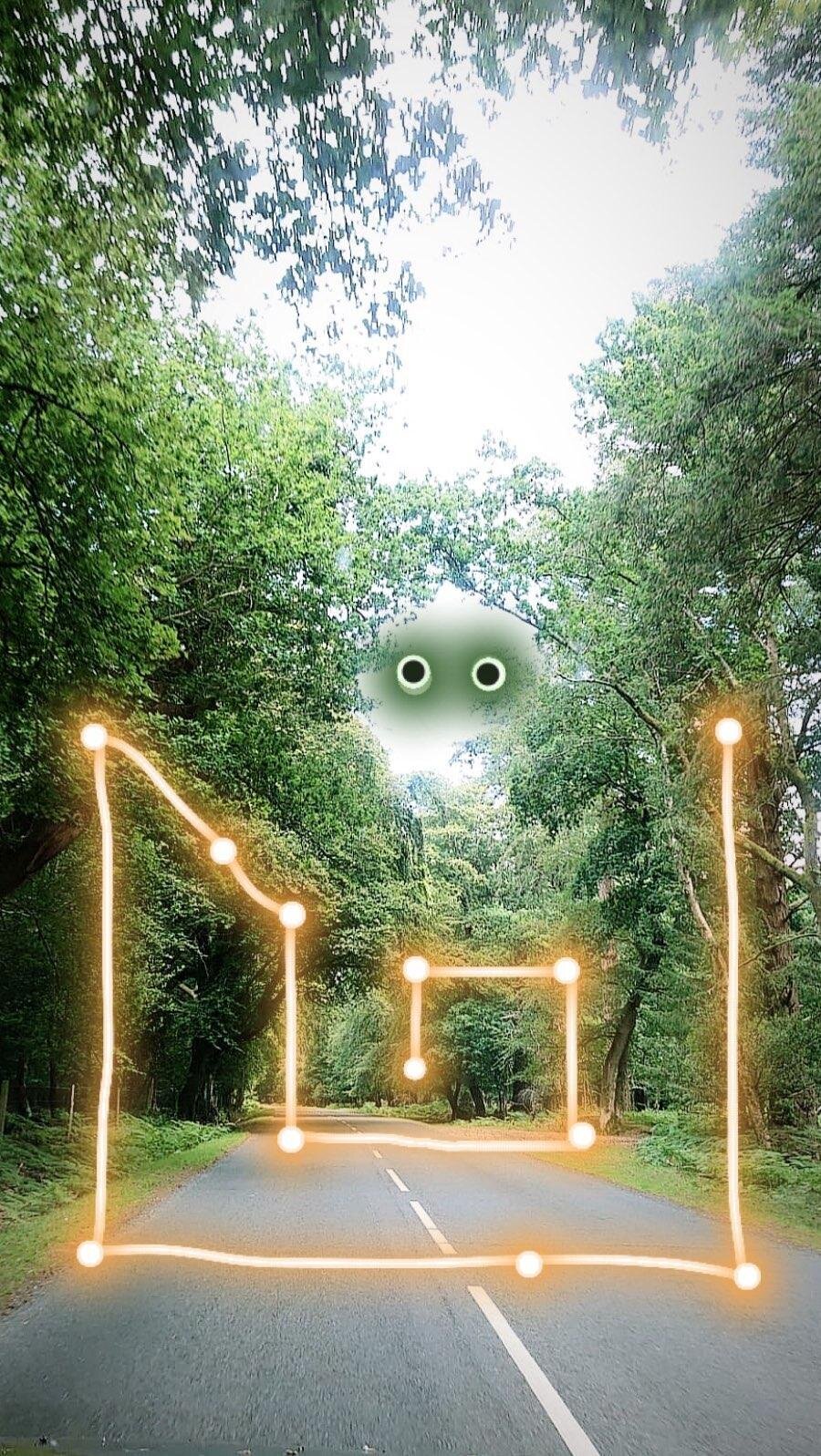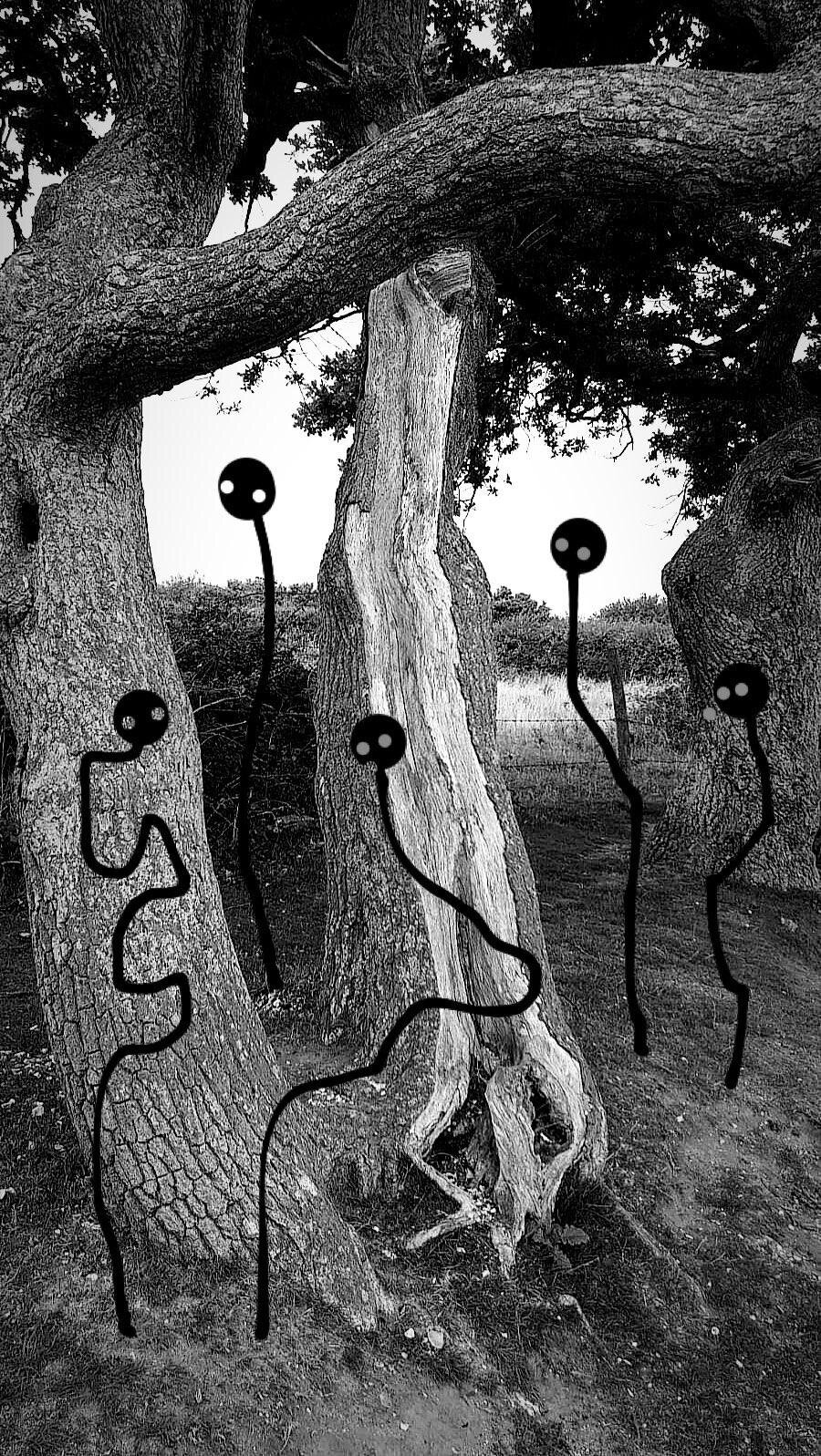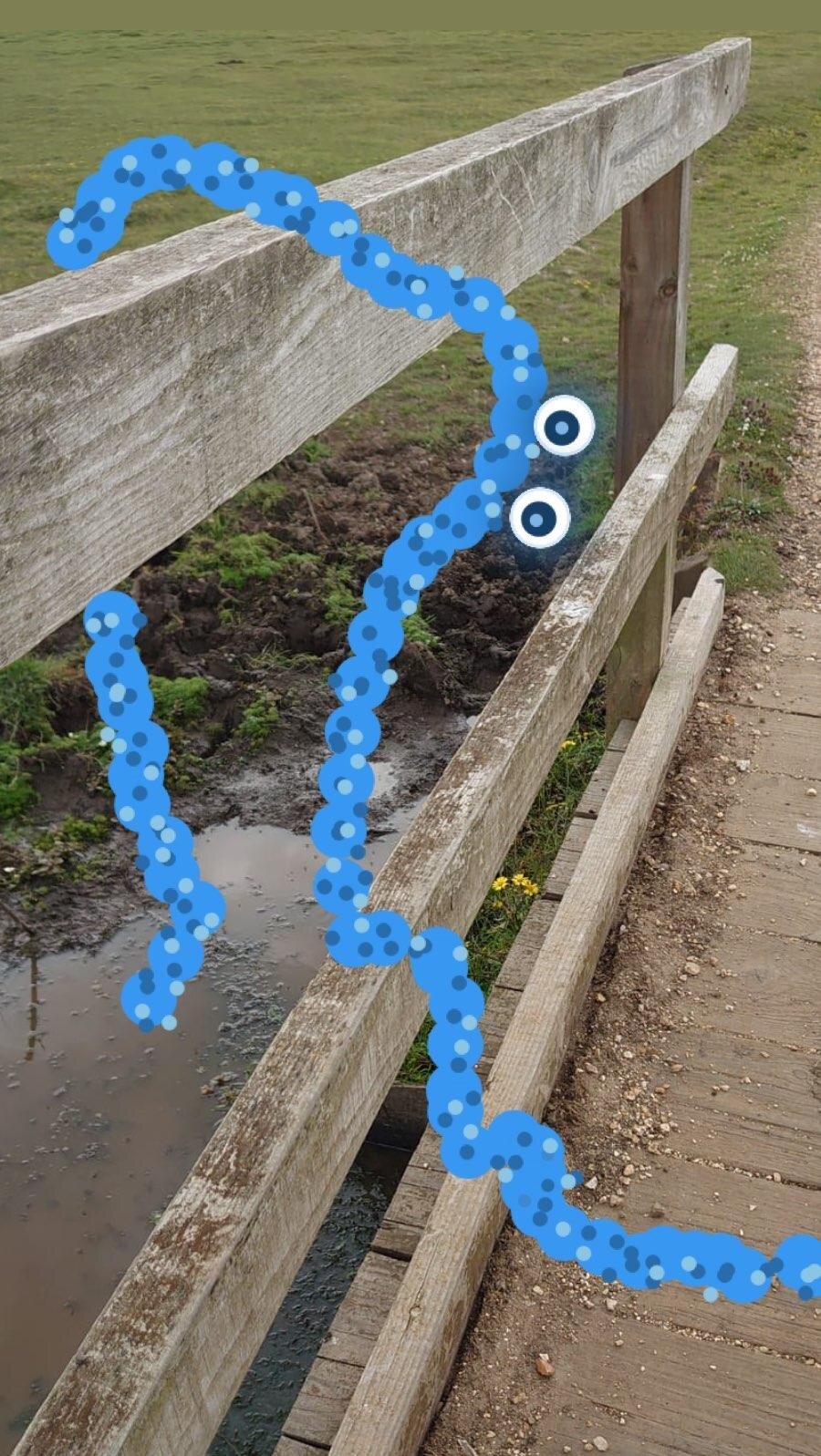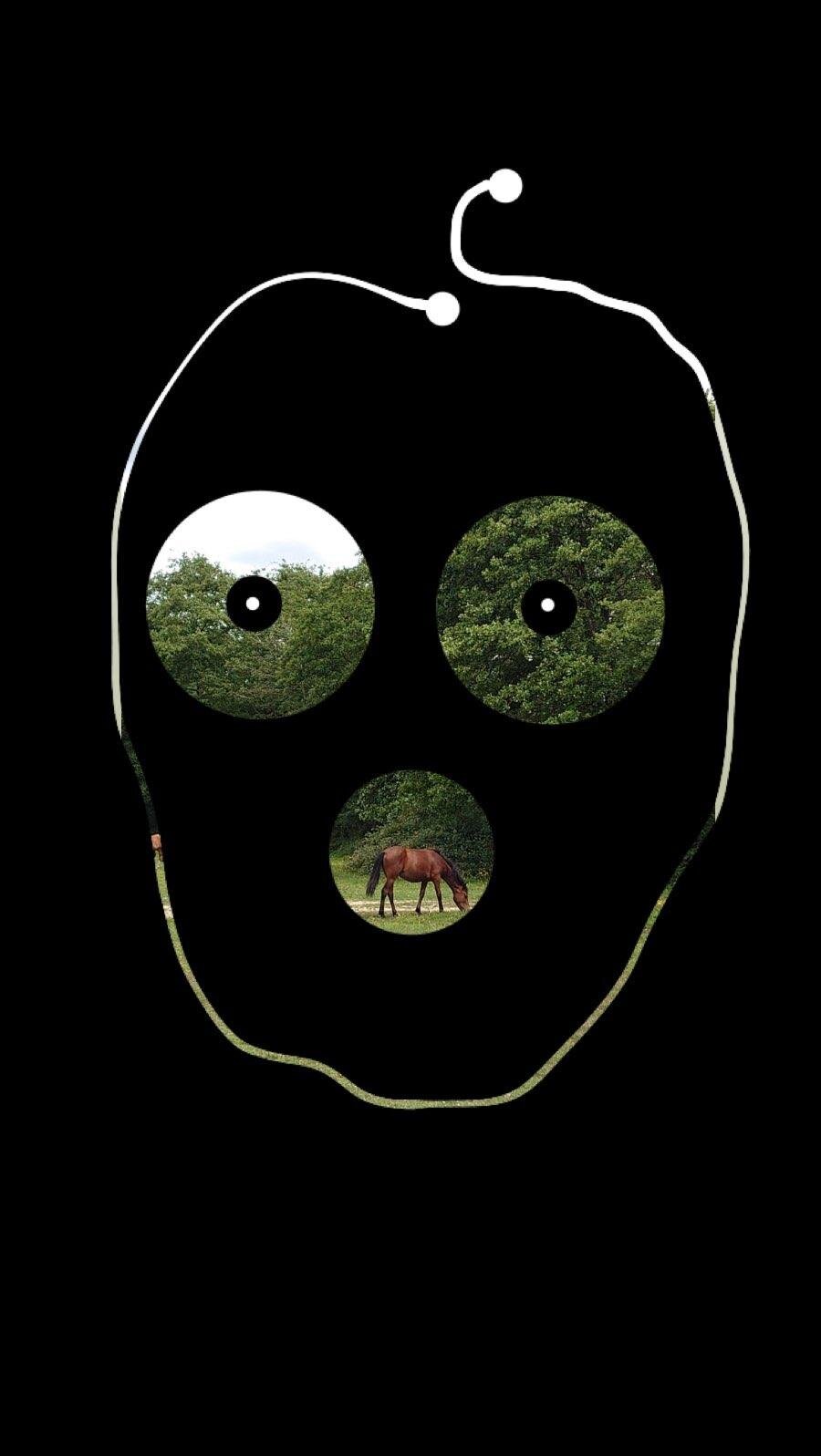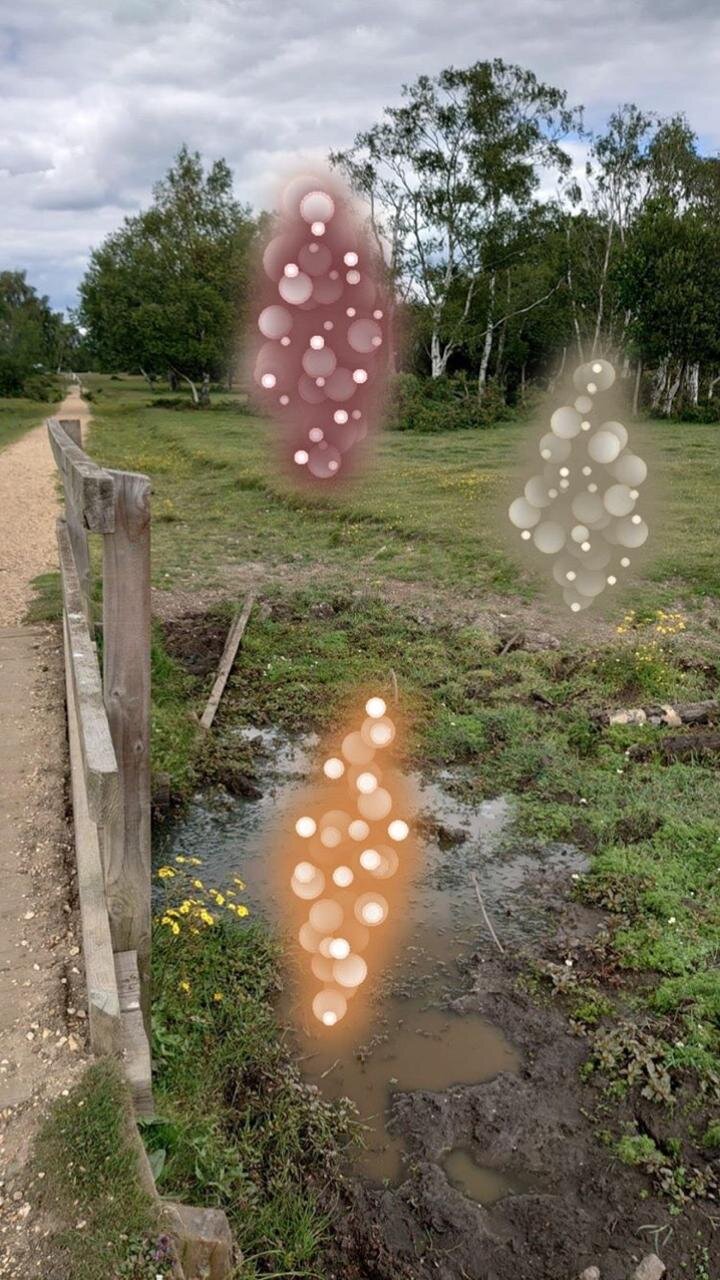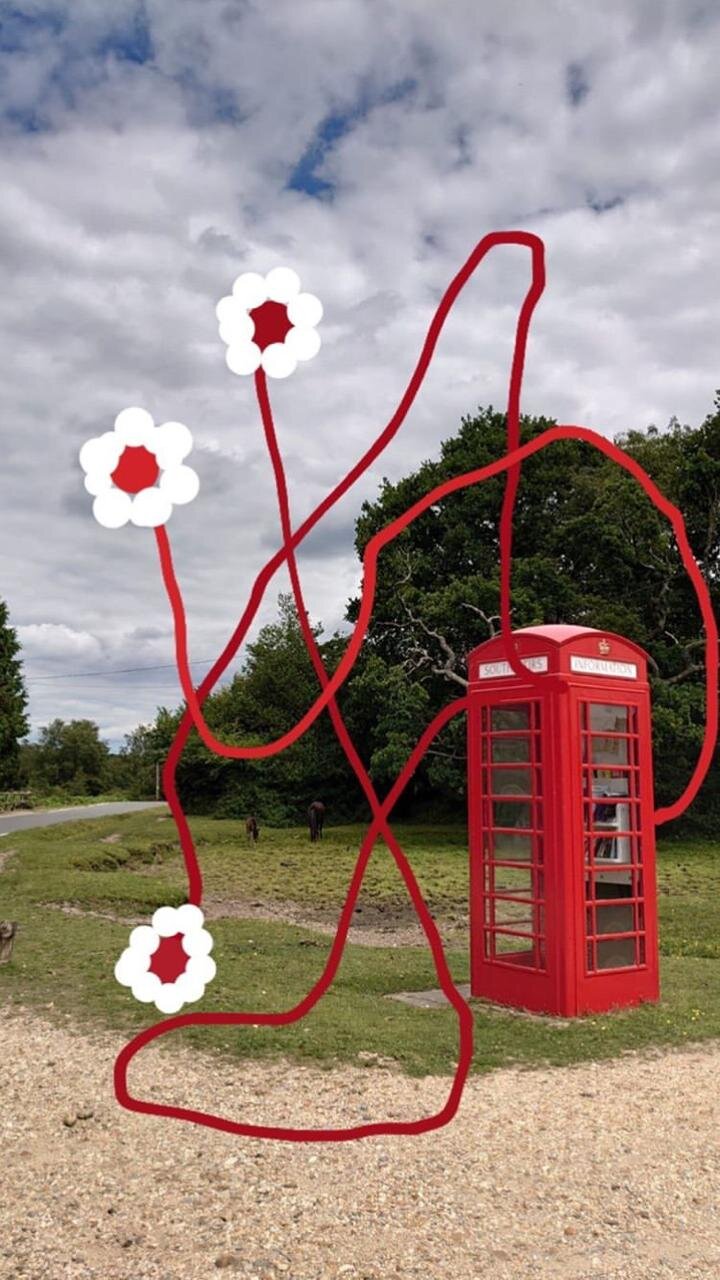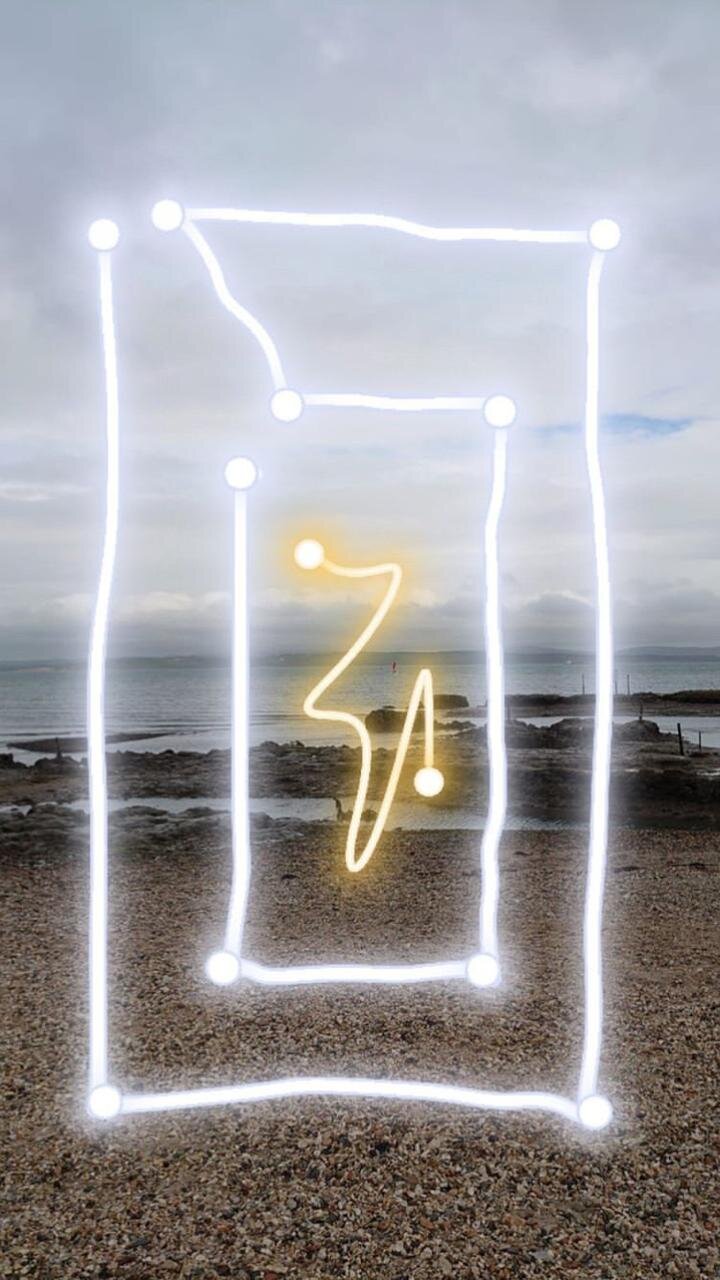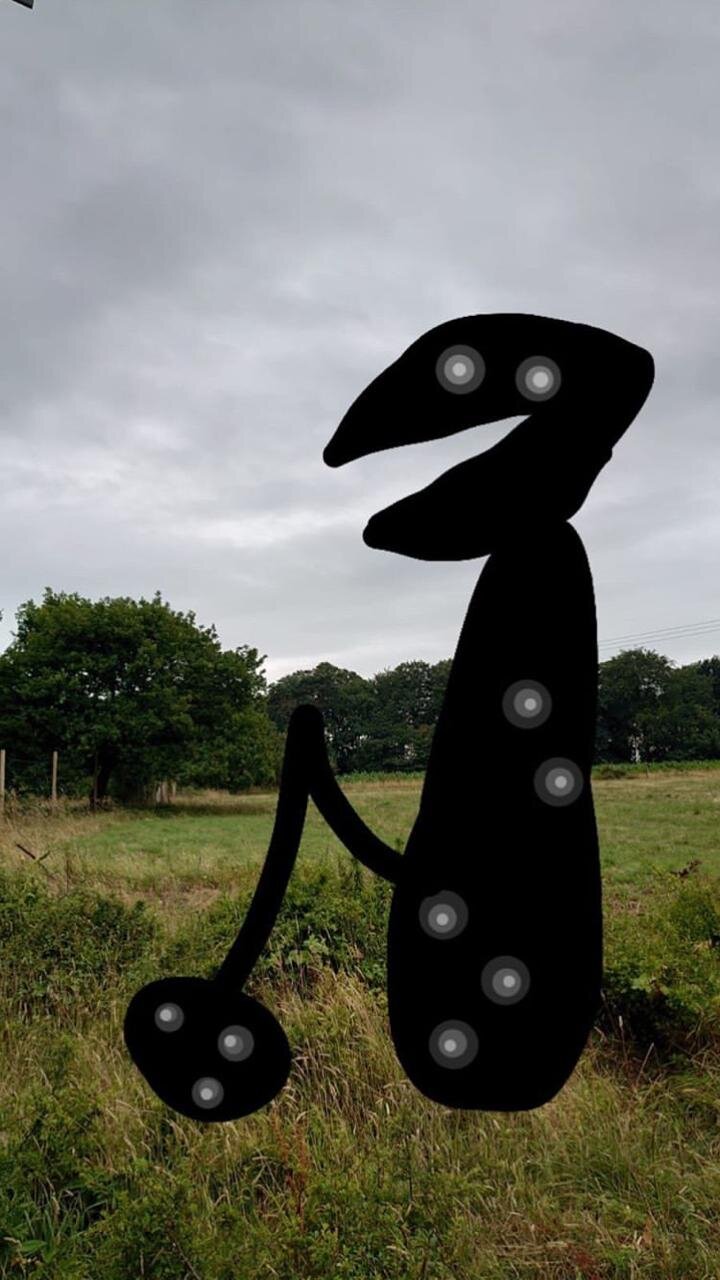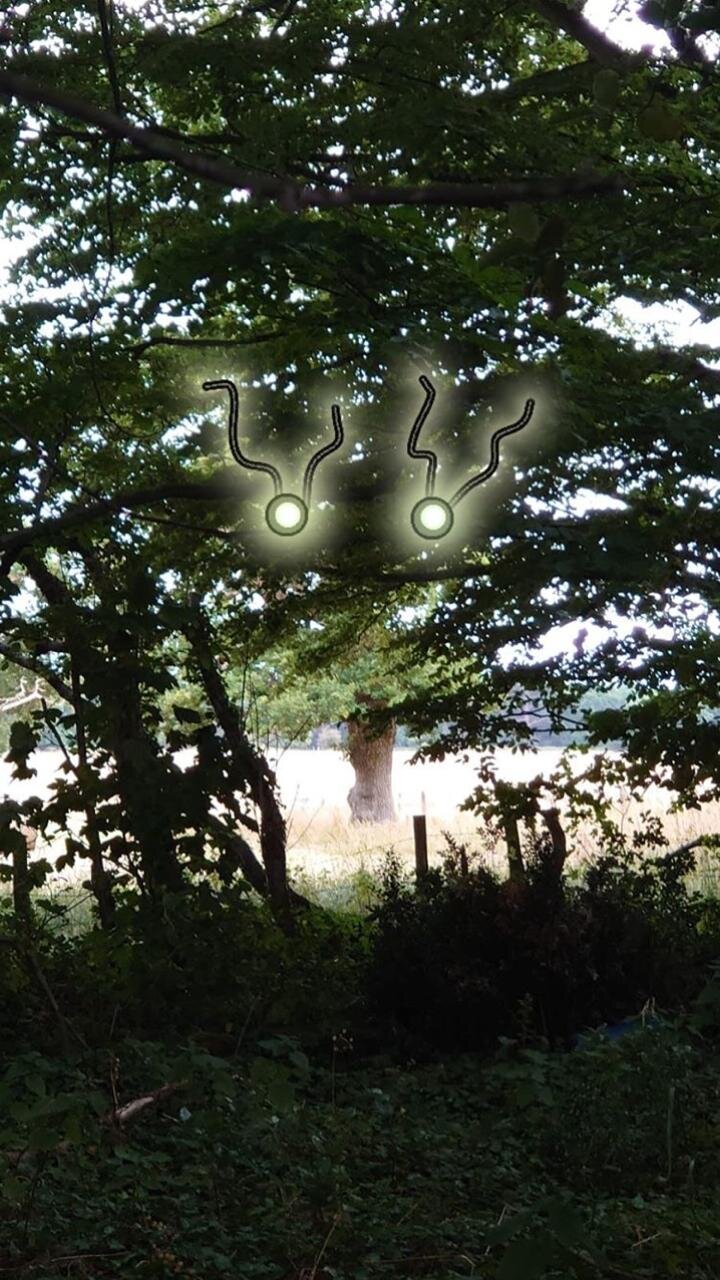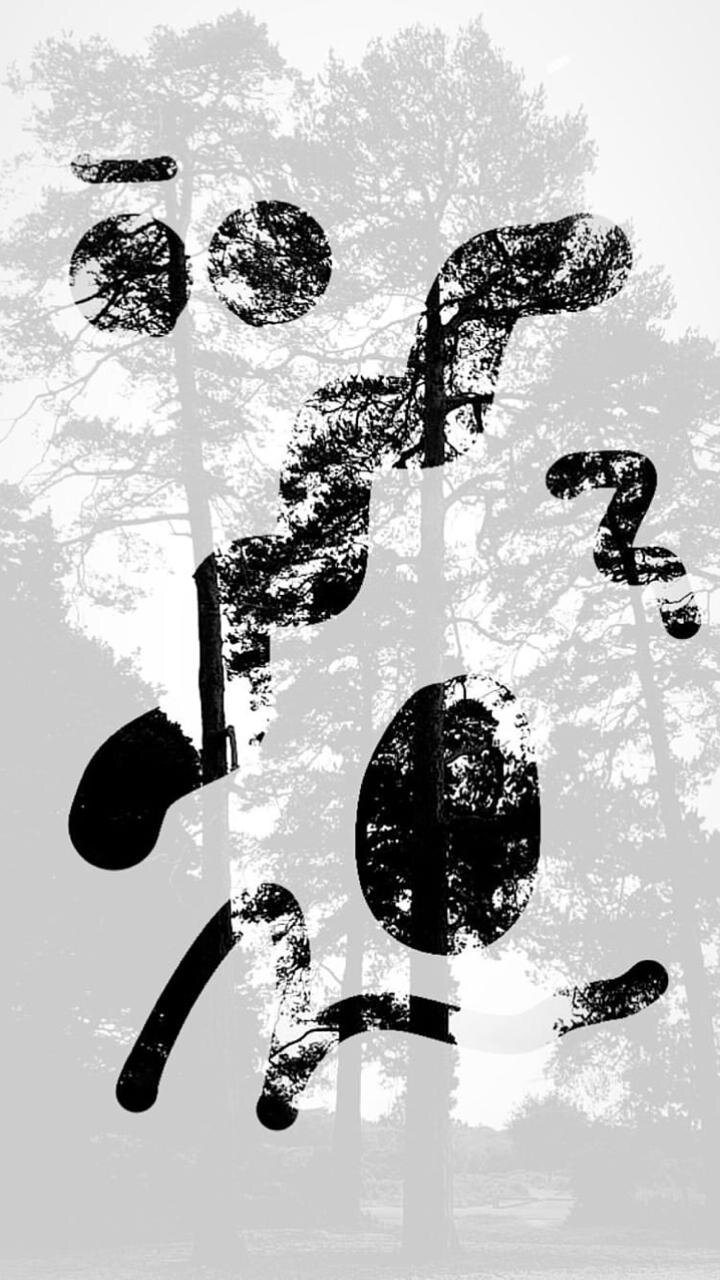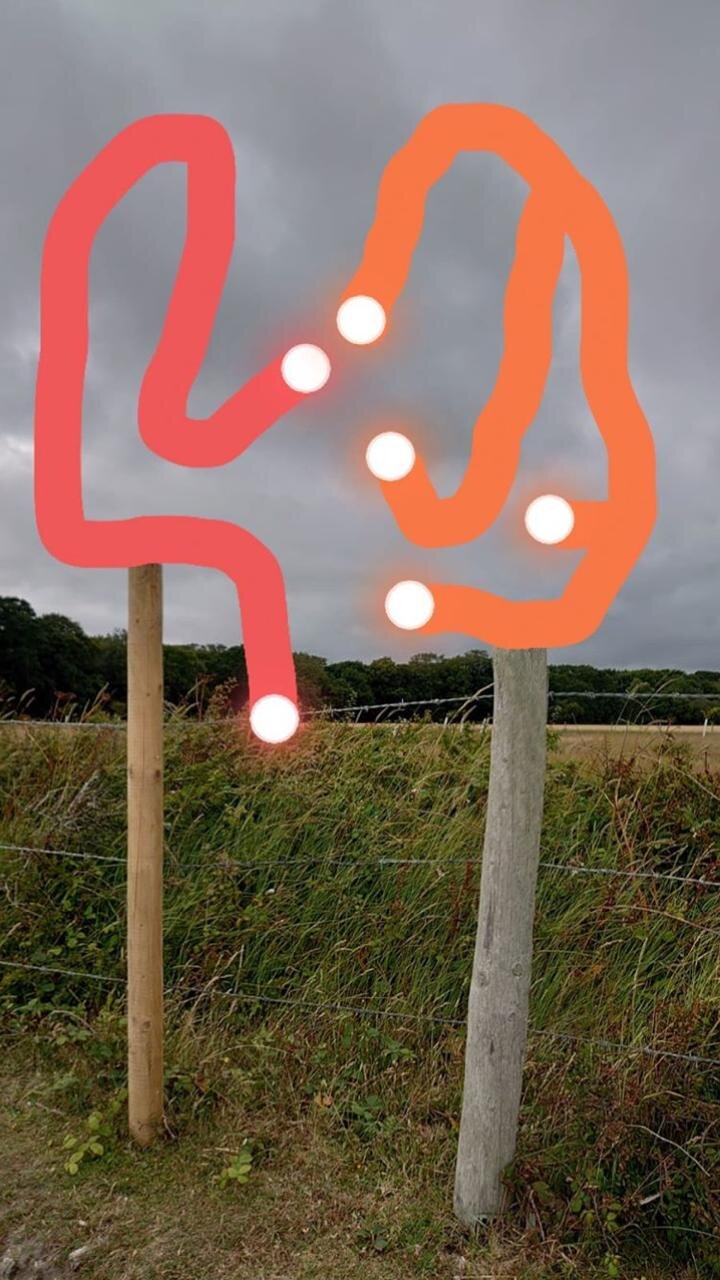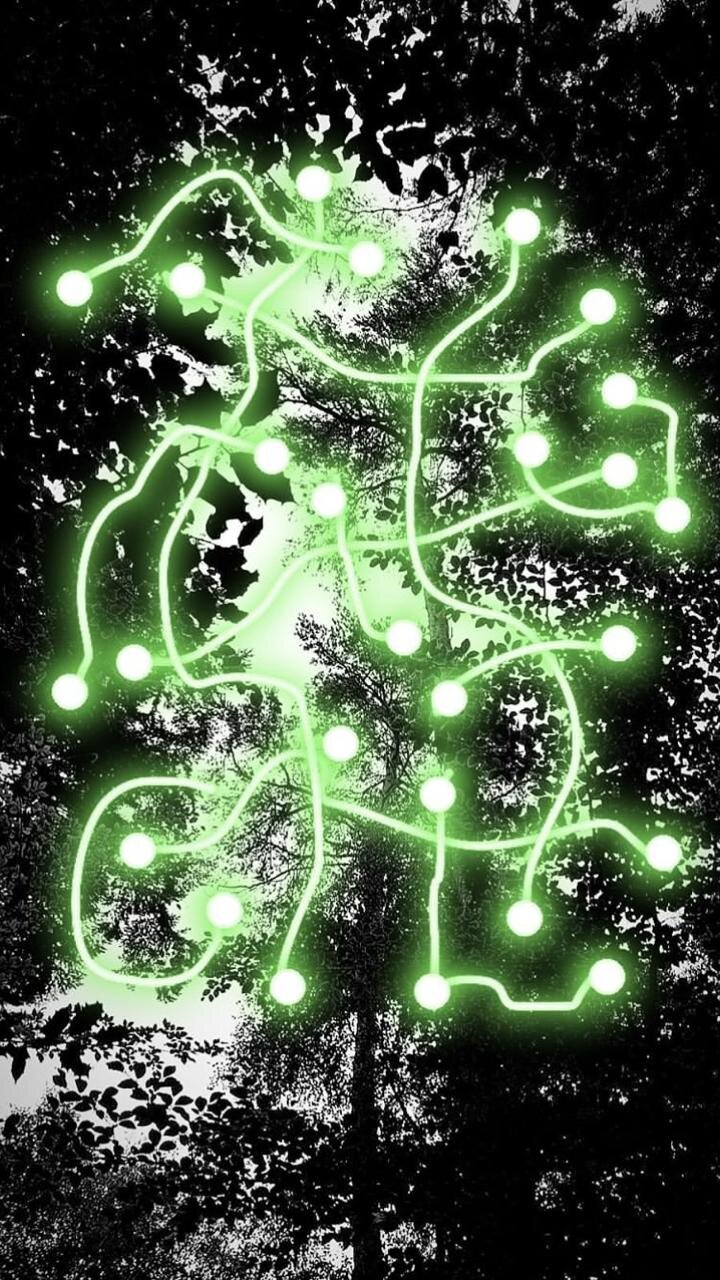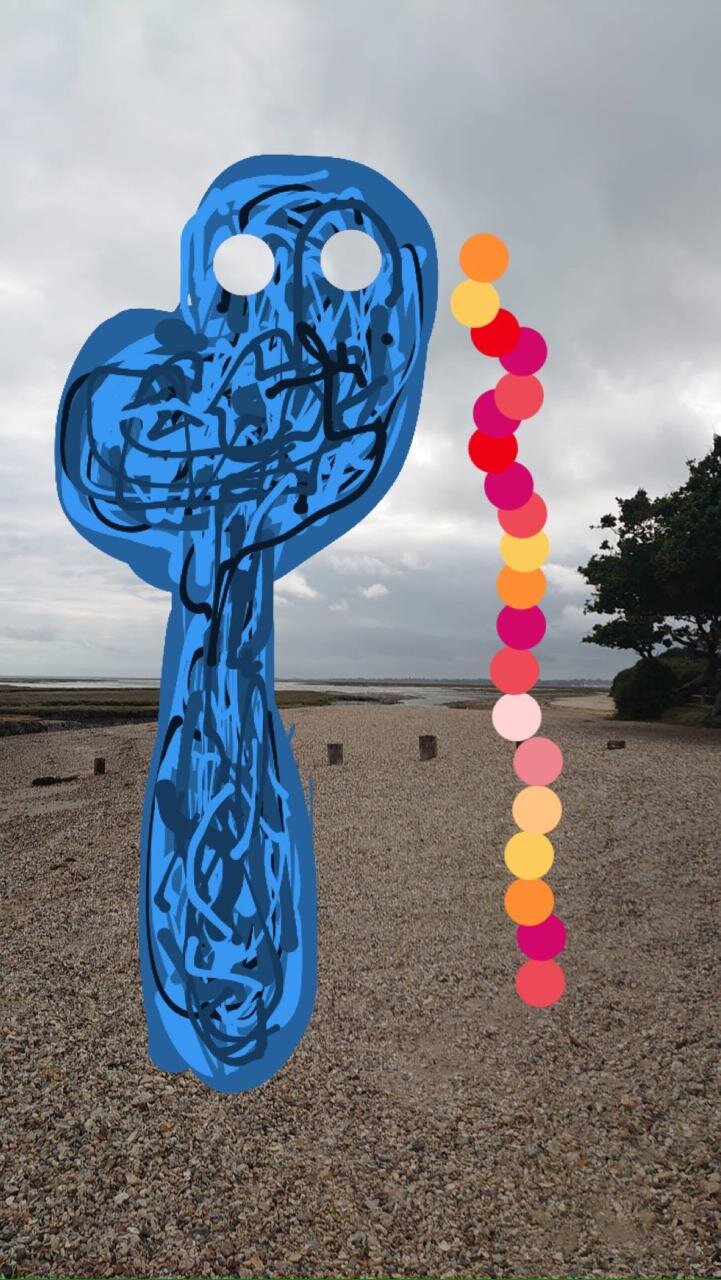Cotelito
The Speed of Tenderness ( the distance thins down)
10-13 July 2020
Cotelito (José Ignacio Fernández) lives and works in Buenos Aires, Argentina. He is a painter who’s solo exhibitions include Moria Galería (2018); Gallery Stones (2017); Atocha Gallery, Mundo Dios (2016); Green Orange (2014); Lightning Lazer (2014); Hidden Garden Gallery (2011) and at the Recoleta Cultural Cultural Center (2010). Among the group exhibitions are: Piedras Galería, curated by Marcelo Galindo; 72nd Rosario National Salon, MACRO, Rosario Museum of Contemporary Art; XXII Klemm Prize, Federico Jorge Klemm Foundation; General Food; Limonale, Künstlerhaus Vorwerk-stift, Hamburg, Germany (all in 2018). Fundación Lebensohn (2016); Museum of the Book and the Language (2015); Ciudad Cultural Konex; Ruth Benzacar Gallery (2008). In 2017 he won the first prize of the 12th National UADE Visual Arts Contest. In 2015 he participated in the Biennial of Young Art of the City of Buenos Aires in which he won the Mundo Dios residence in Mar del Plata.
Alejandra Aguado is a curator based in Buenos Aires. She is curator at the Museo de Arte Moderno de Buenos Aires. In 2014 she co-founded Móvil, which she co-ran until the end of 2019: a non-profit organization dedicated to exhibiting local emerging artists, and commissioning what is often their first solo show—or their most ambitious production to date. Among other independent curatorial work, in 2019 she co-curated ‘Utopia', the emerging galleries section of arteBA Fair of Art Galleries. Between 2016 and 2017 she conceived and curated the programme 'Relieves. Experiencias artísticas en territorio', an initiative of the Ministry of Culture in Argentina and arteBA Foundation, for which she developed artistic projects in dialogue with a variety of communities. She was Assistant Curator at Tate, London. She has a degree in Communication Studies and an MA in Curating Contemporary Art from the Royal College of Art, London.
Cotelito
The Speed of Tenderness ( the distance thins down)
10-13 July 2020
Buenos Aires based artist Cotelito was artist in residence engaging with TeleVistas from afar, creating drawings that intervened with broadcast images of landscapes creating digital drawings that were distributed via instagram stories. Project in collaboration with curator Alejandra Aguado.
Cotelito once wrote that “art is like making balloons with Bazooka chewing-gums”. And I guess I am not mistaken if I think that, both for me and for many others, making balloons with Bazooka chewing-gums means to give in to a moment of complacent pleasure, to allow oneself the explosive and unusual bliss that results from the combination of what is sweet and soothing with what is surprising, while the shock does not hurt anyone. It is fright filled with humour, both docile and fascinating. Between July 10th and 13th, this indulging-astonishing flavor invaded “More Than Ponies”’ Instagram -an artist led initiative- as Cotelito poured drawings onto its Stories section strictly made with the tools available in the social media app. He thus responded to the invitation to add his views to the reflection that “More Than Ponies” is encouraging on the topic of the landscape, which in a moment like this has equaled, for many of us, that which is out of reach. Cotelito’s quick drawings are traced onto someone else’s pictures, on images that come from afar and are sent via WhatsApp waiting for his intervention. They are photographs from the New Forest, in the south of England, taken by Laura Eldret while she walks around, and their digital travel adds to the gap that distances us from the idea of the picturesque, because the picturesque is not what’s there but what we see over there. It is not what’s under our feet but in front of our eyes. In Cotelito’s drawings, the picturesque is more than ever all of that which can be projected onto the landscape which, under the filter of the picturesque, is always far away. It is the ability to find the animosity that Cotelito makes so easily visible, the chance to hear ourselves and our echo in that scenery.
We are at a time when the outdoors have become some sort of ghost, a huge haunted house. A deserted place that smells like closure. In Cotelito’s drawings, all of these ghosts and monsters appear but, unlike the landscape dominated by the recent pandemic, his is a territory that -even if only existing for a short while within the bubble provided by chewing gum balloons- we want to run to and inhabit without doubt. - Alejandra Aguado
Cotelito in conversation with curator Alejandra Aguado:
July 2020
AA: What has digital drawing given to your practice?
C: Digital drawing inspires new ideas in me, it allows me to enter a different frequency of forms and tones. It is also a quick tool; it’s practical and I can use it any time.
AA: What is the relationship between drawing and speed?
C: In my case, drawing is what I do and resolve most quickly (both practically and in terms of thinking). I generally move slowly, speak slowly and I take my time to make decisions. Nevertheless, I resolve drawings in seconds; drawing allows the trilogy of my mind, eye and hand to develop a sort of high-speed meditation, which itself is a vertiginous process filled with joy. Drawing is, in its swiftness, the closest you can get to the speed of intuition.
AA: And between drawing and distance?
C: There is an infinite drawing which is being made throughout time, all the time, and is everywhere. There is an invisible line which we are permanently drawing: it is there in the steps we take when we move from one place to another, or in the trajectory drawn by our mind when it moves speedily as it connects thoughts. We are bound by that drawing that we transform and that transforms us every second.
AA: You once wrote that “art is like making balloons with Bazooka chewing gums.” What does that feel like for you?
C: There is no use in making chewing-gum balloons, we do it spontaneously, almost without thinking, and we enjoy it because of the spark of beauty and surprise that it gives us. Something like that is what happens to us with art.
AA: I feel that your drawings, within the context provided by More Than Ponies, have become a real chance for exchange, for going from one place to another and vice-versa. What does it mean or how does it feel like to be that sort of bridge?
C:This relationship of exchange has surprised me and has given me the chance of making a work, the goal of which I had not envisaged. The result, I believe, has surprised us on both sides and shows how a principle of understanding between pairs/colleagues can work beyond distance.
AA: Part of the magic brought about by your drawings has to do with the fact that they not only intervene in the landscape, but also within the same surface and material being used for this exchange: the digital image and the screen. Your forms and figures eat and swallow them, light them up, they are some sort of apparition which comes from behind but also from the front of the images, they cover and uncover them. How do you face that intervention?
C: These drawings are done very quickly, there is no previous sketch. A quick reading of the photograph provided to me gives me hints on what could appear. When I get that hint I start drawing and I do not stop until the drawing is concluded. Throughout the drawing’s execution, my mind sort of twists the route taken by the lines trying to find the most unusual resolution possible.
AA: Landscape is fundamental in your work. It is the place where and onto which you narrate. What is the landscape for you? What does it prompt?
C: I am deeply moved by landscapes. My favourite state of mind occurs when I am immersed in nature, a truthful state of grace from which I constantly learn.
AA: Could you describe your drawings? What is to draw?
C: I’ll try answers that will most probably change in the future: my drawings are sweet forms of day-dreaming. They seek to populate the world with an eccentric and naïve poetry. There is, in them, an inclination to humour and to the seduction that arouses the image of the sublime. To draw means to be willing to enter mystery, and to embrace the happiness provided by uncertainty.
AA: Had you consciously thought about the idea of the picturesque before?
C: I had not thought about it in a conscious way, but I have always been a contemplative person who enjoys taking notice of all the details found in nature when I am lost in it, so that I can be taken by that experience completely. All of those experiences appear like echos in my paintings and drawings.
AA: It feels that your drawings allow you to inhabit the landscapes you intervene, rather than merely looking at them…
C: Landscape modifies me, the drawings modify the landscape and the landscape modifies the drawing - that goes on like that to infinity.
